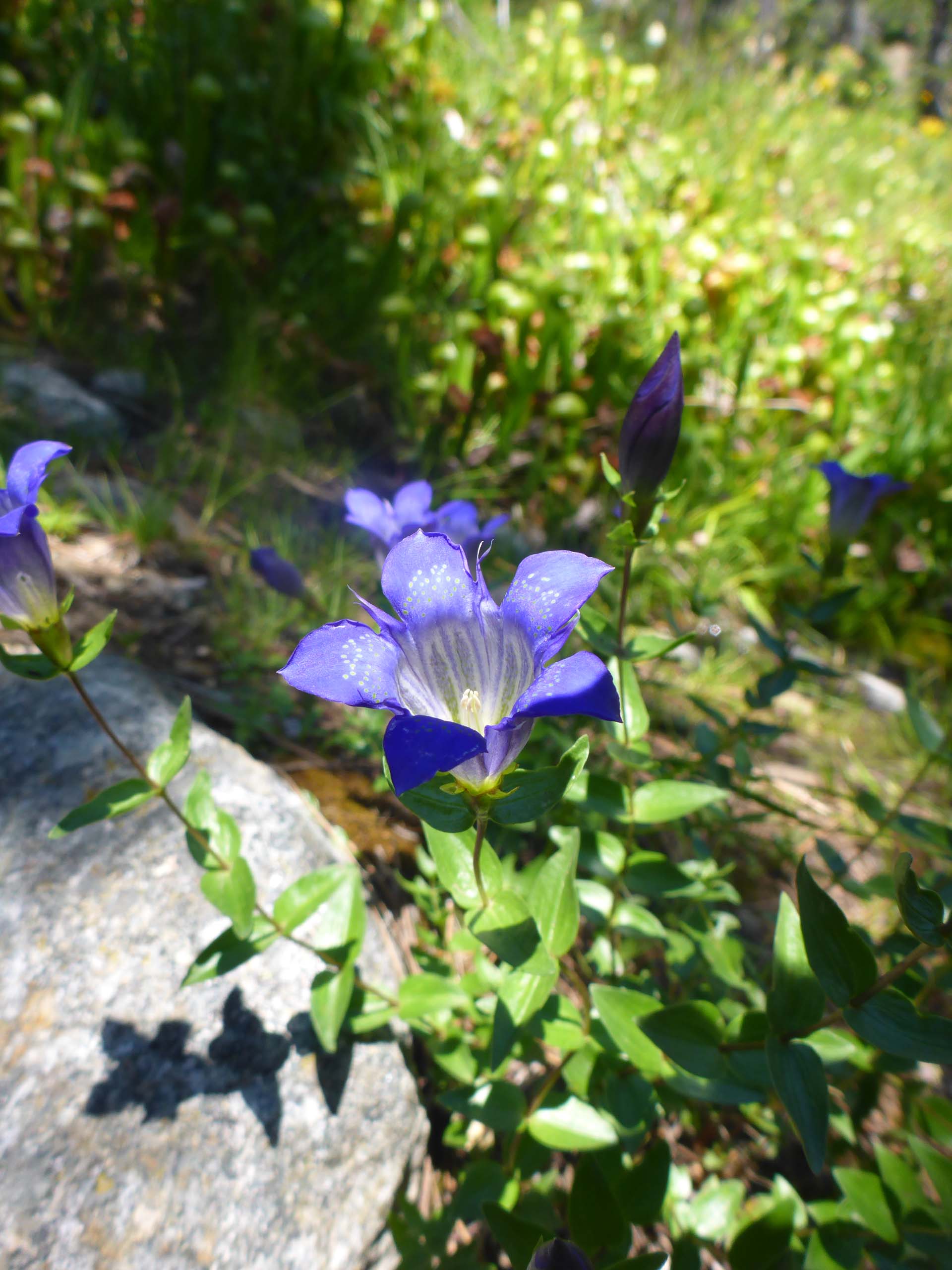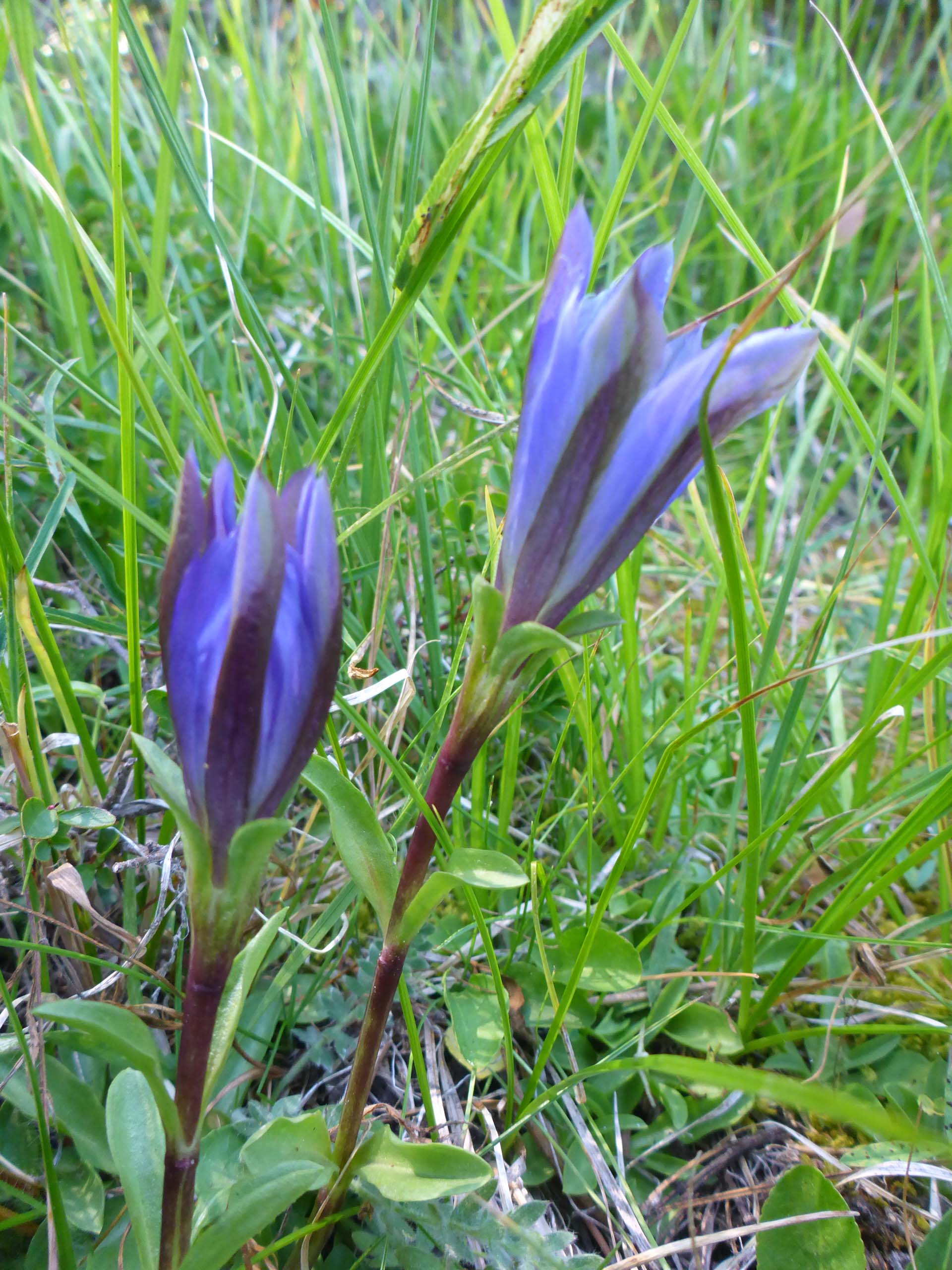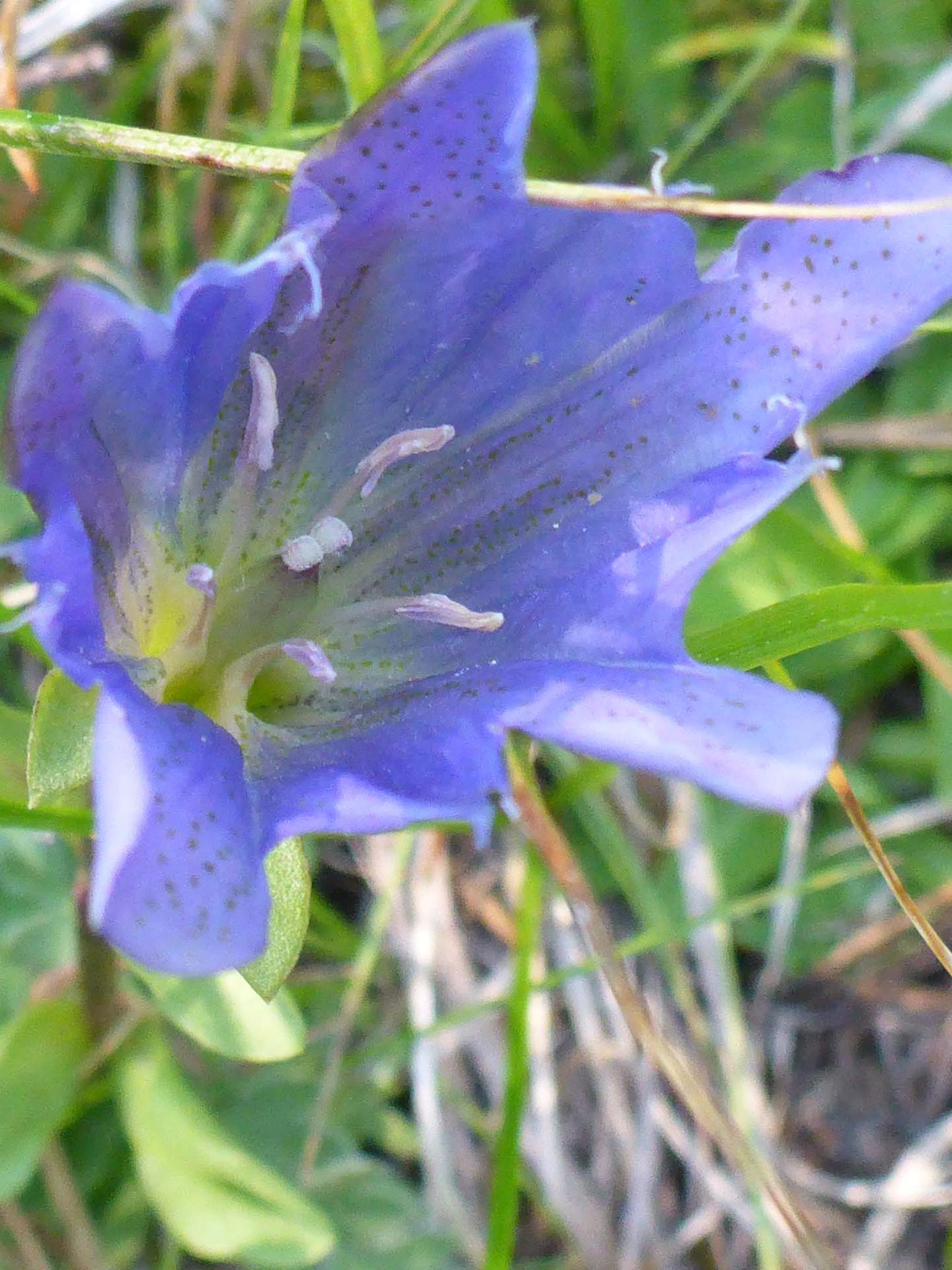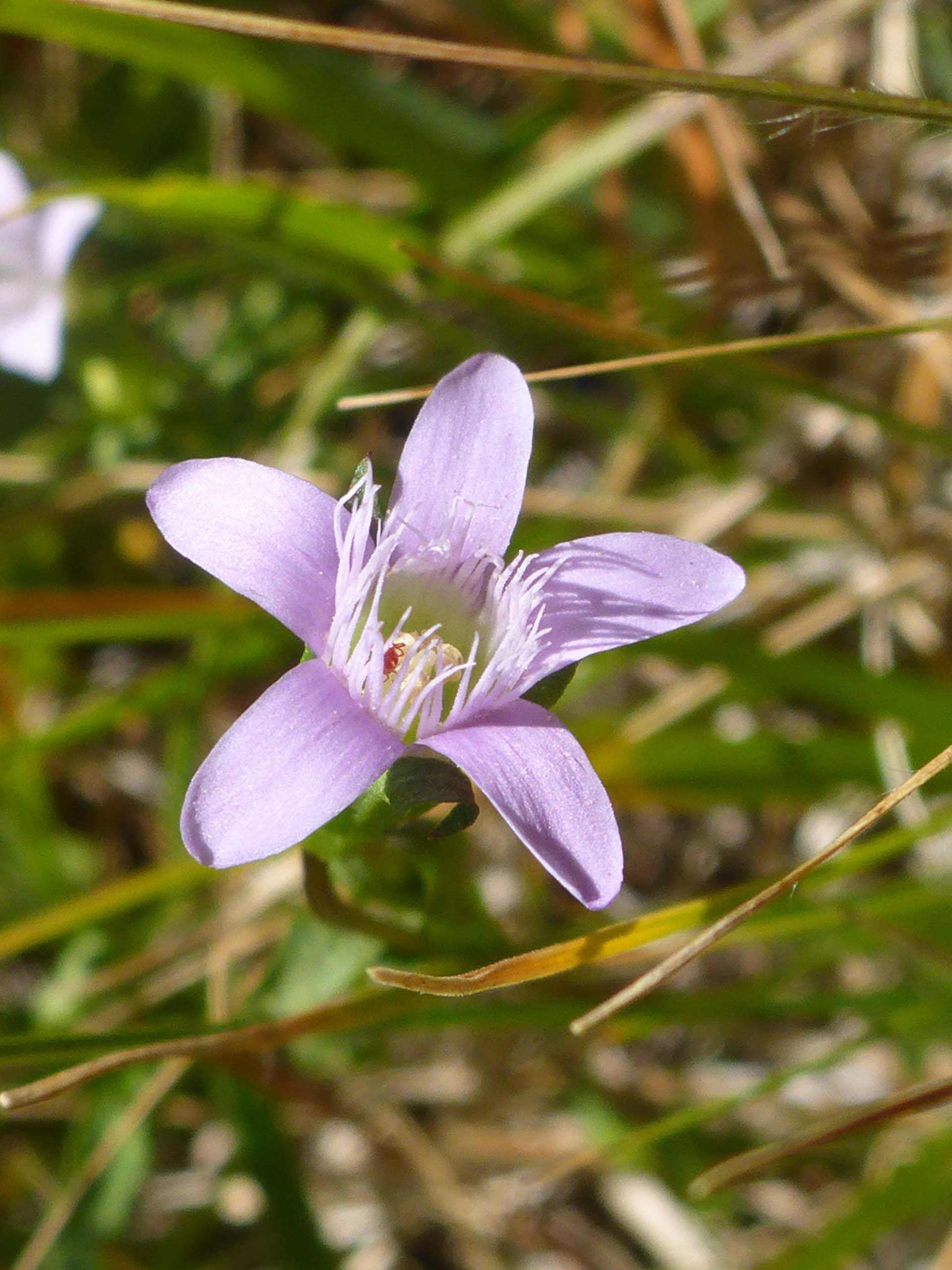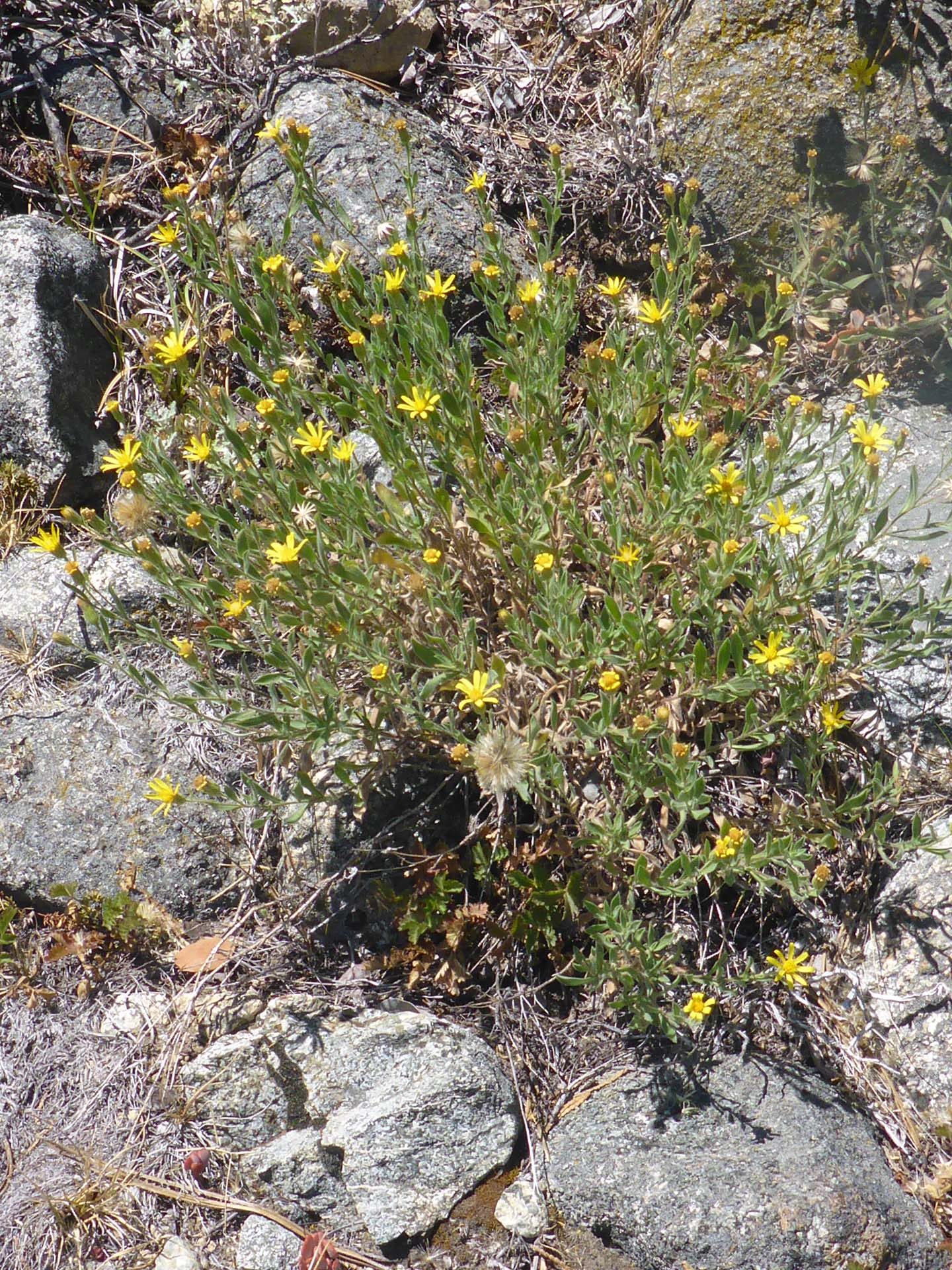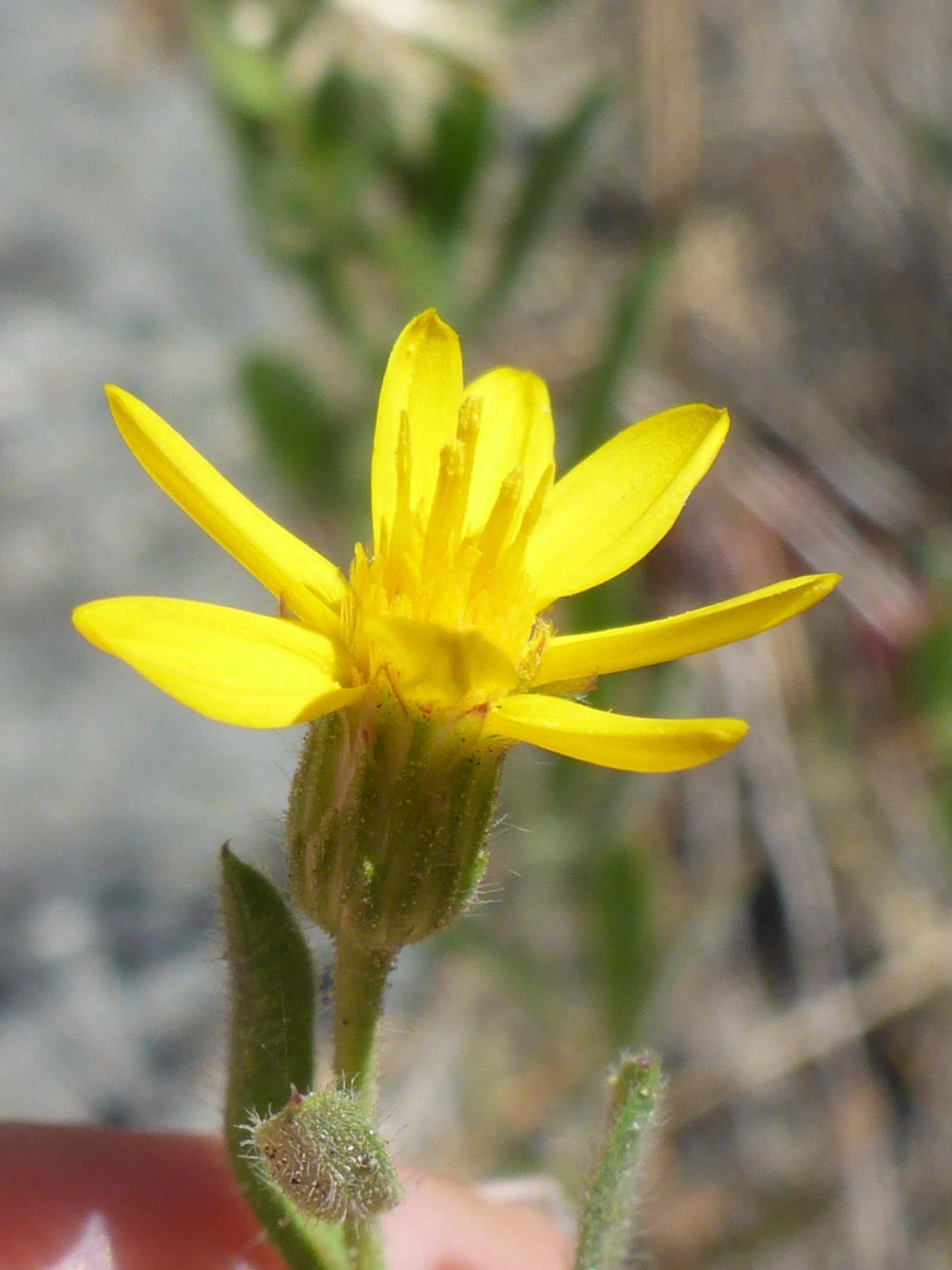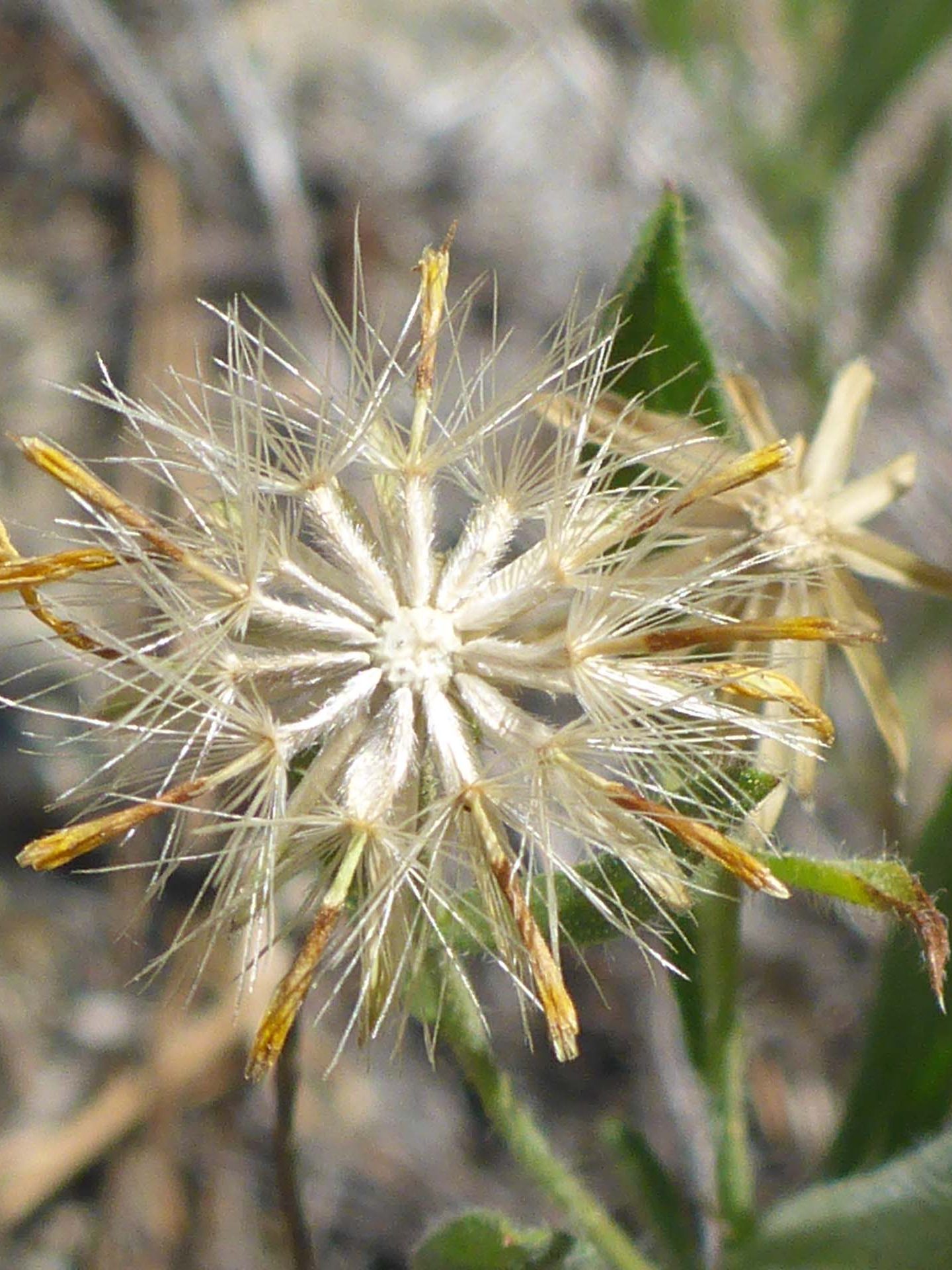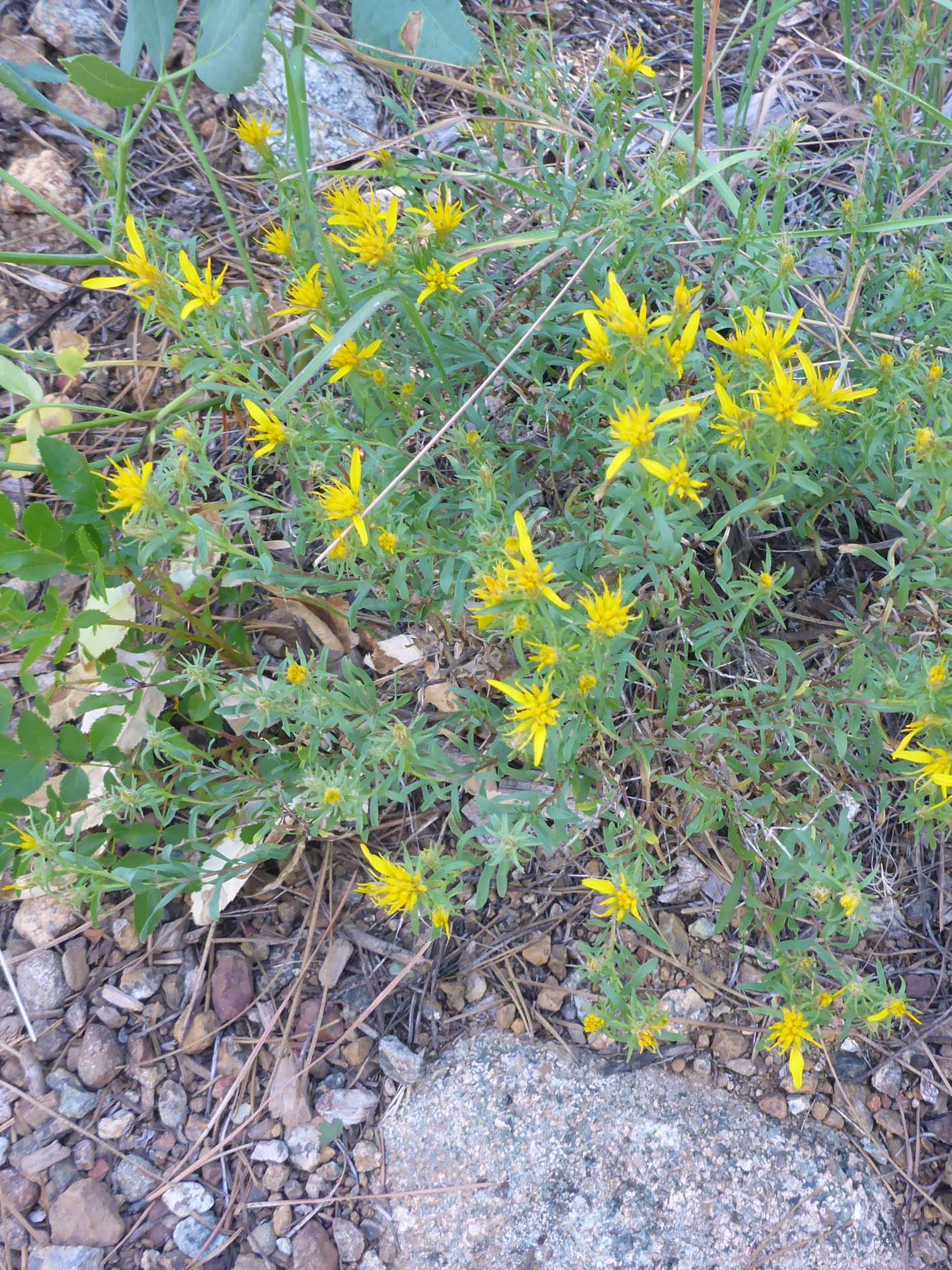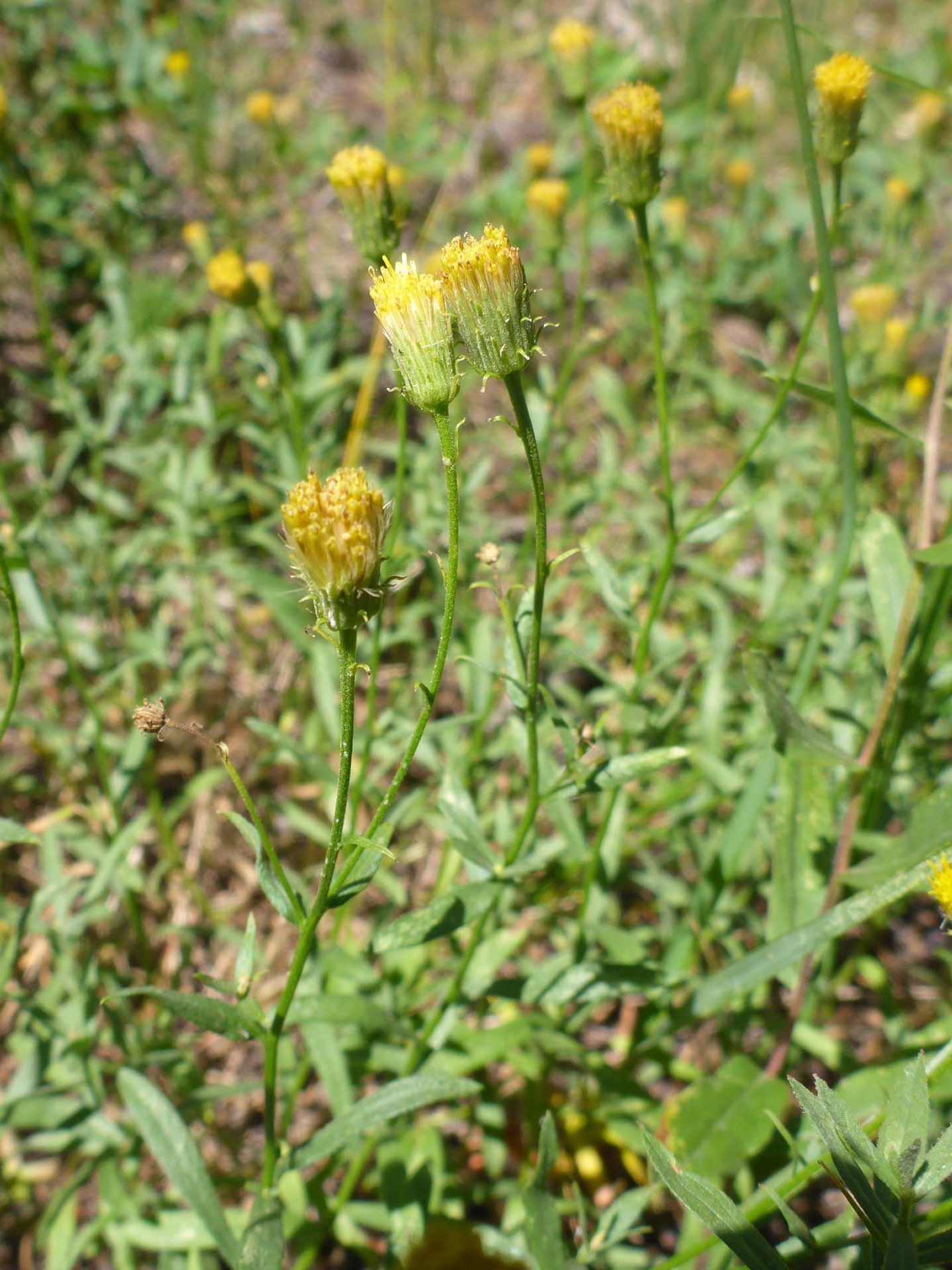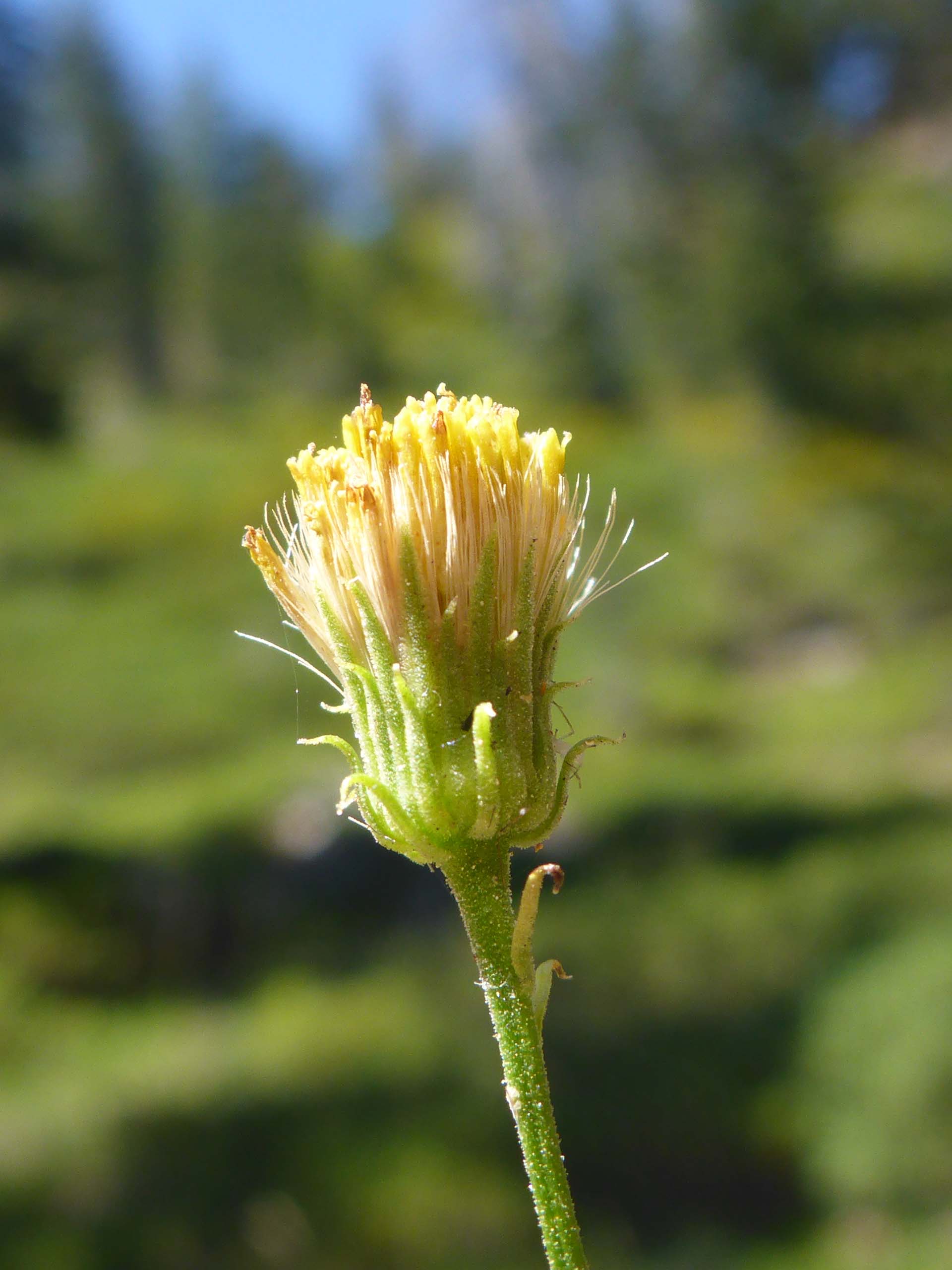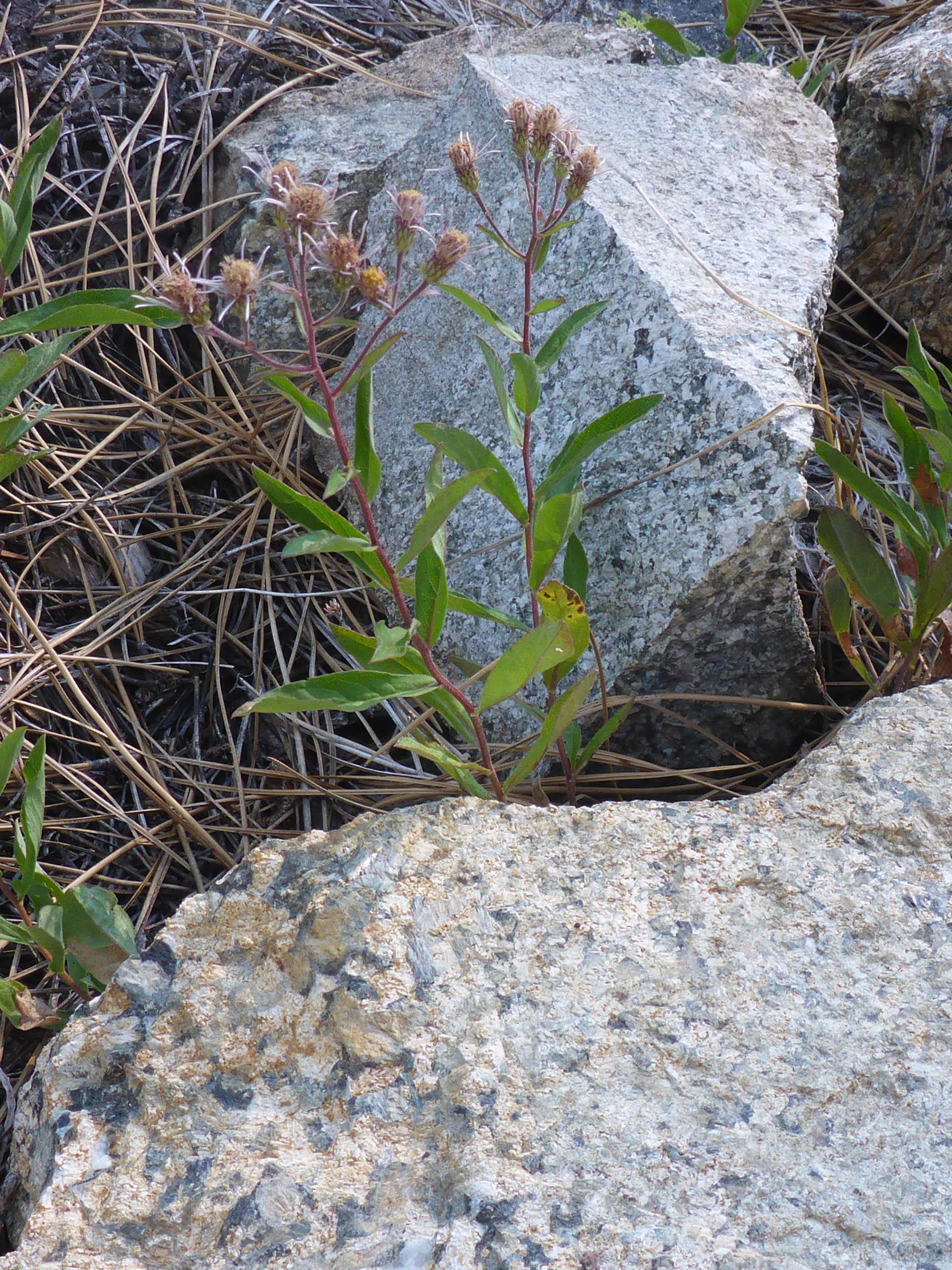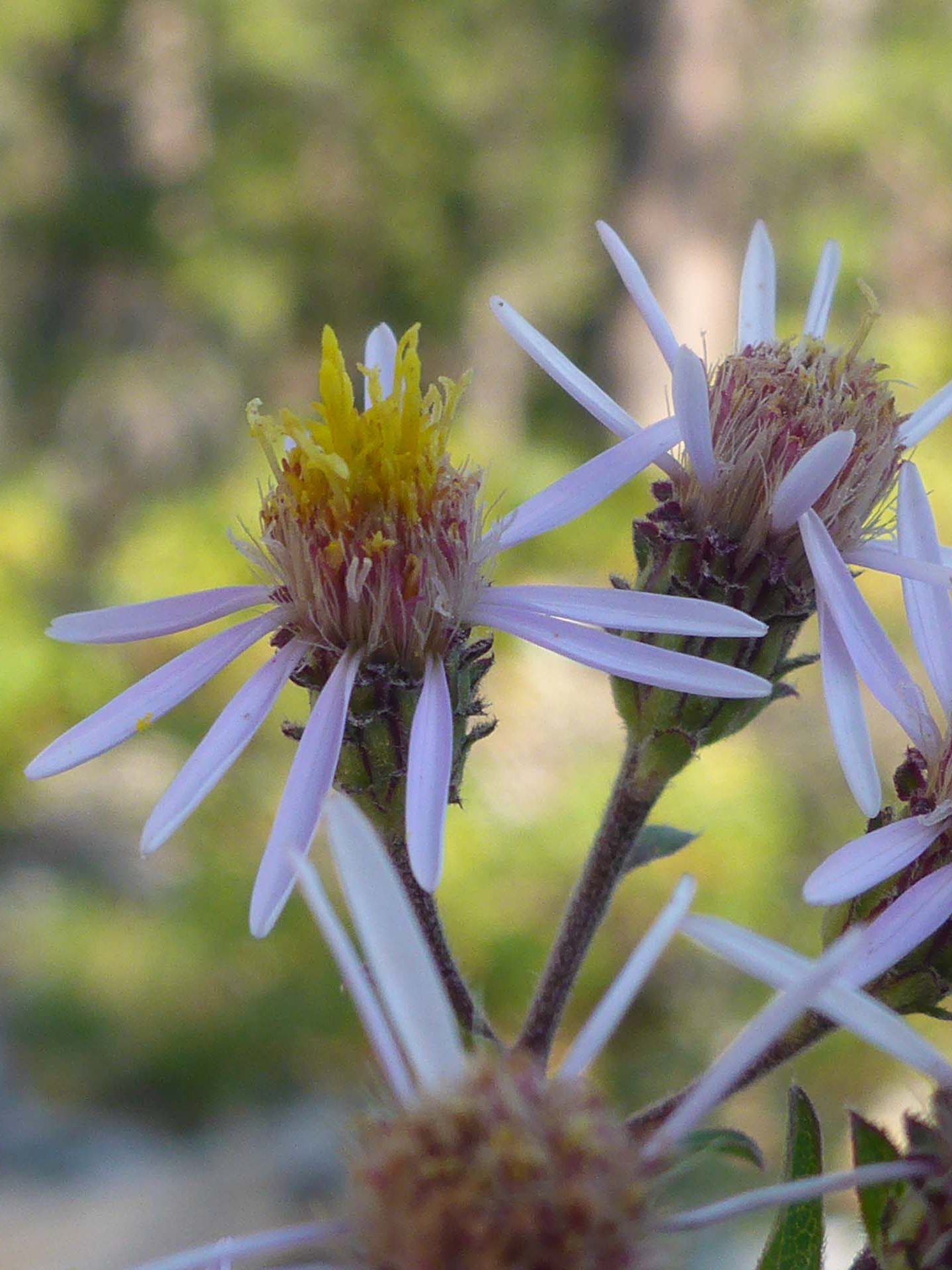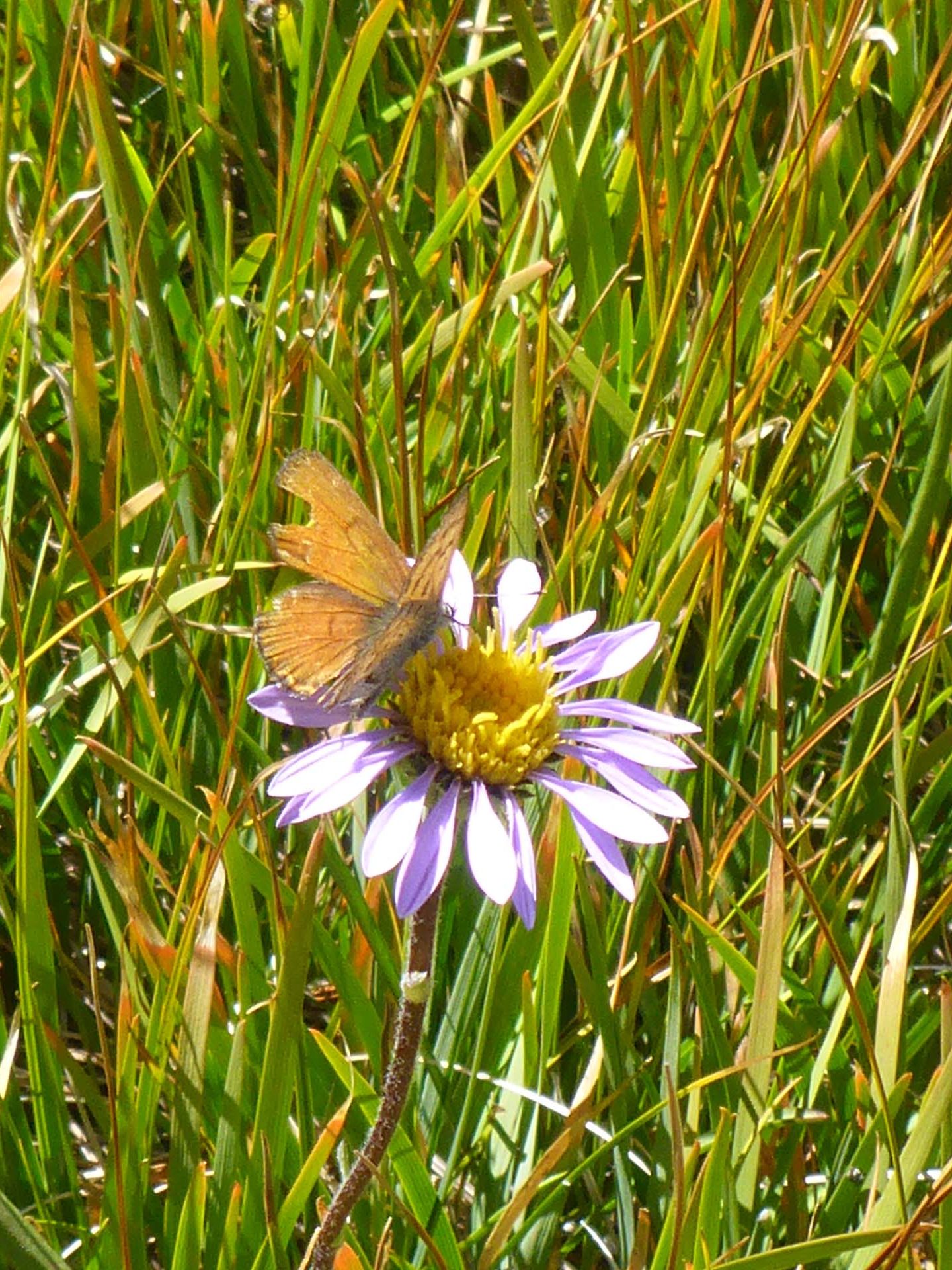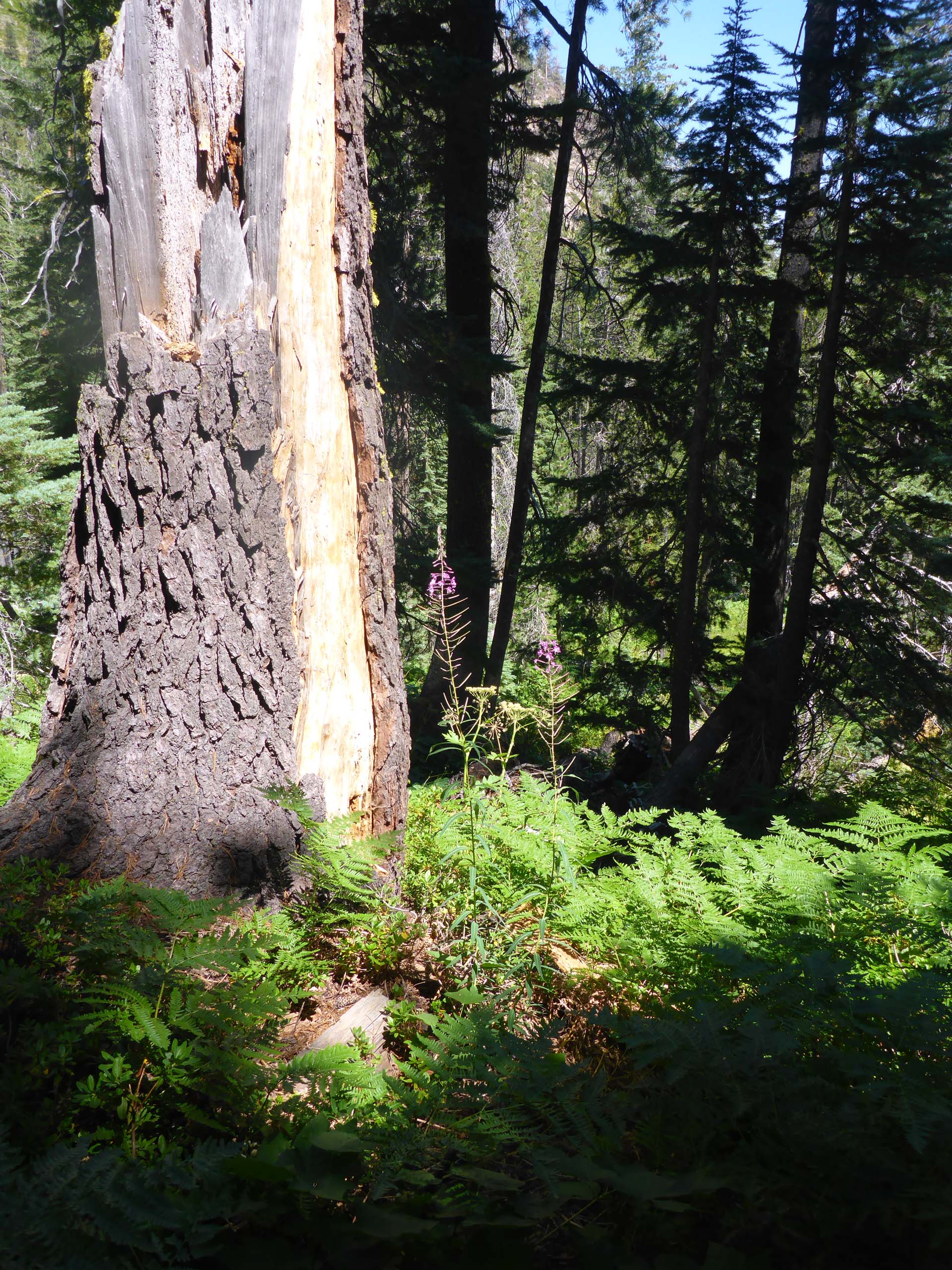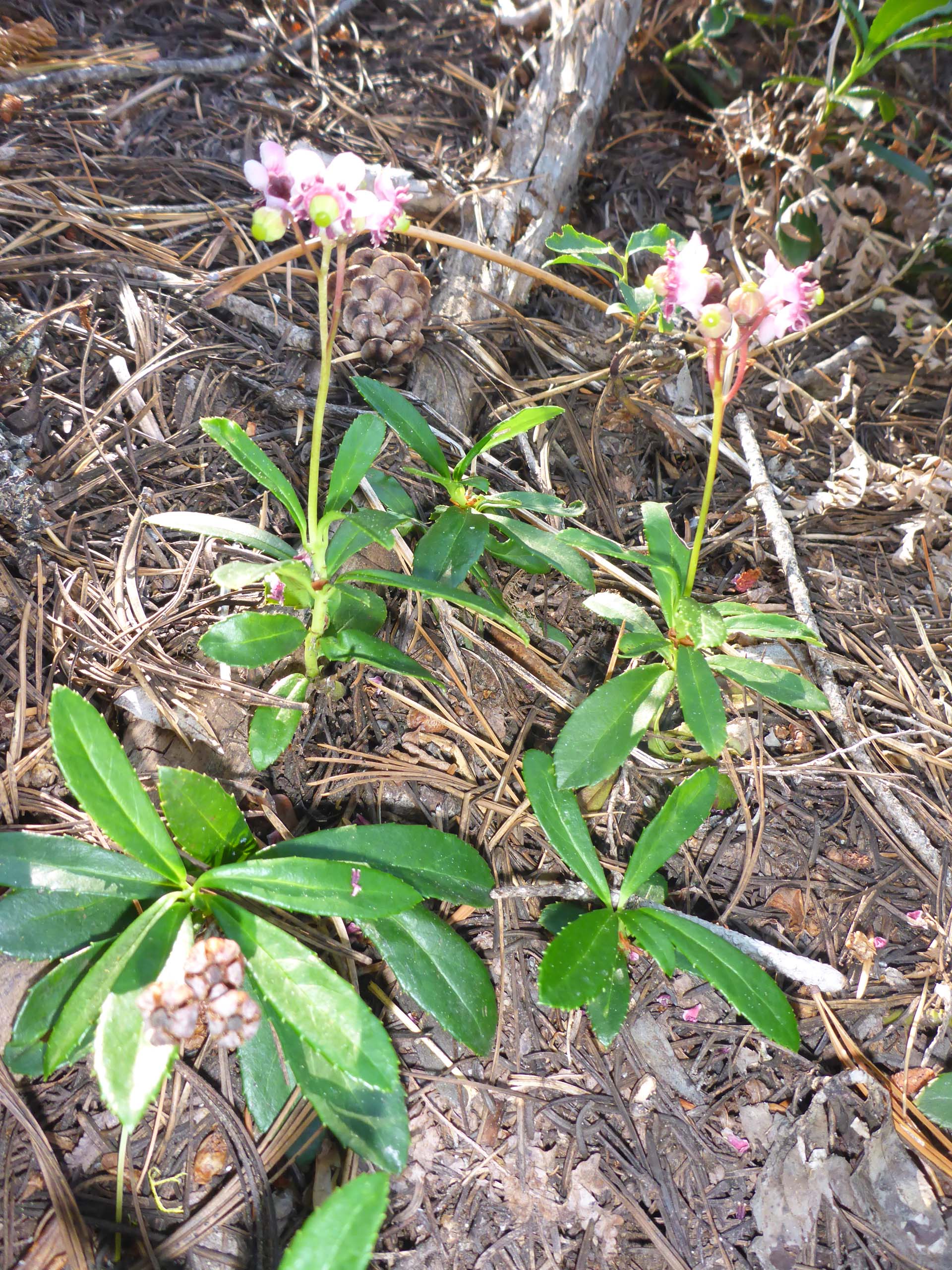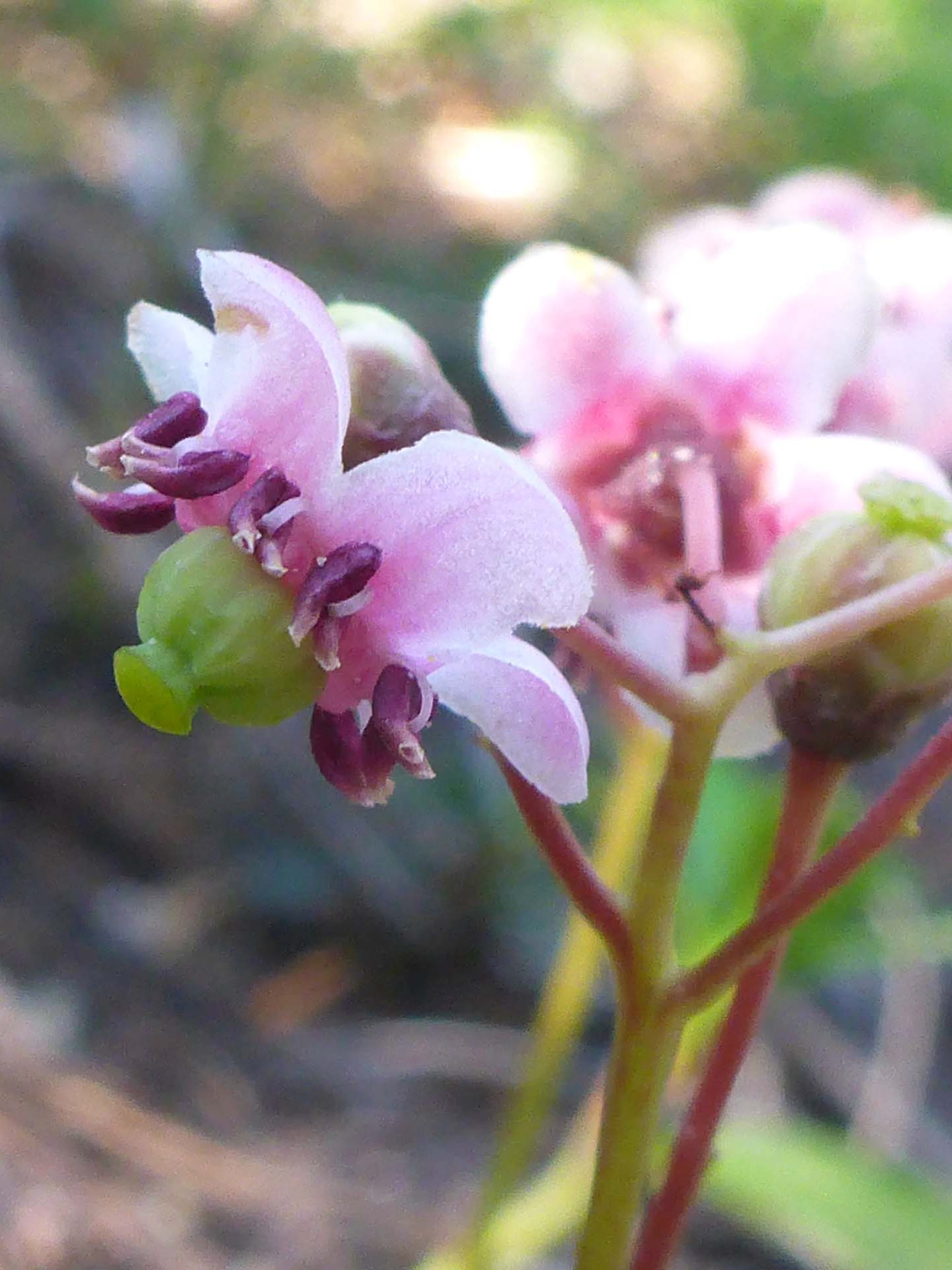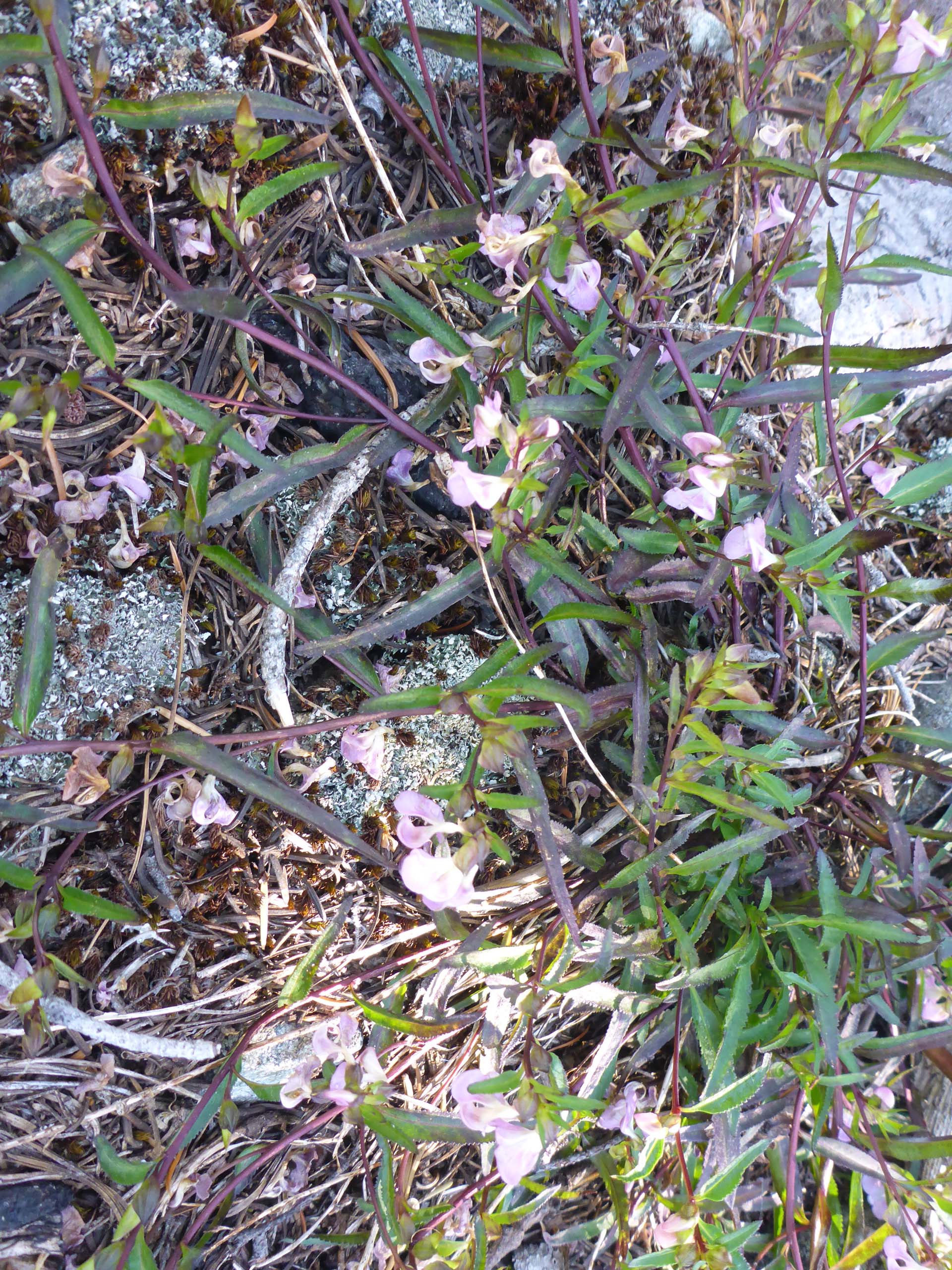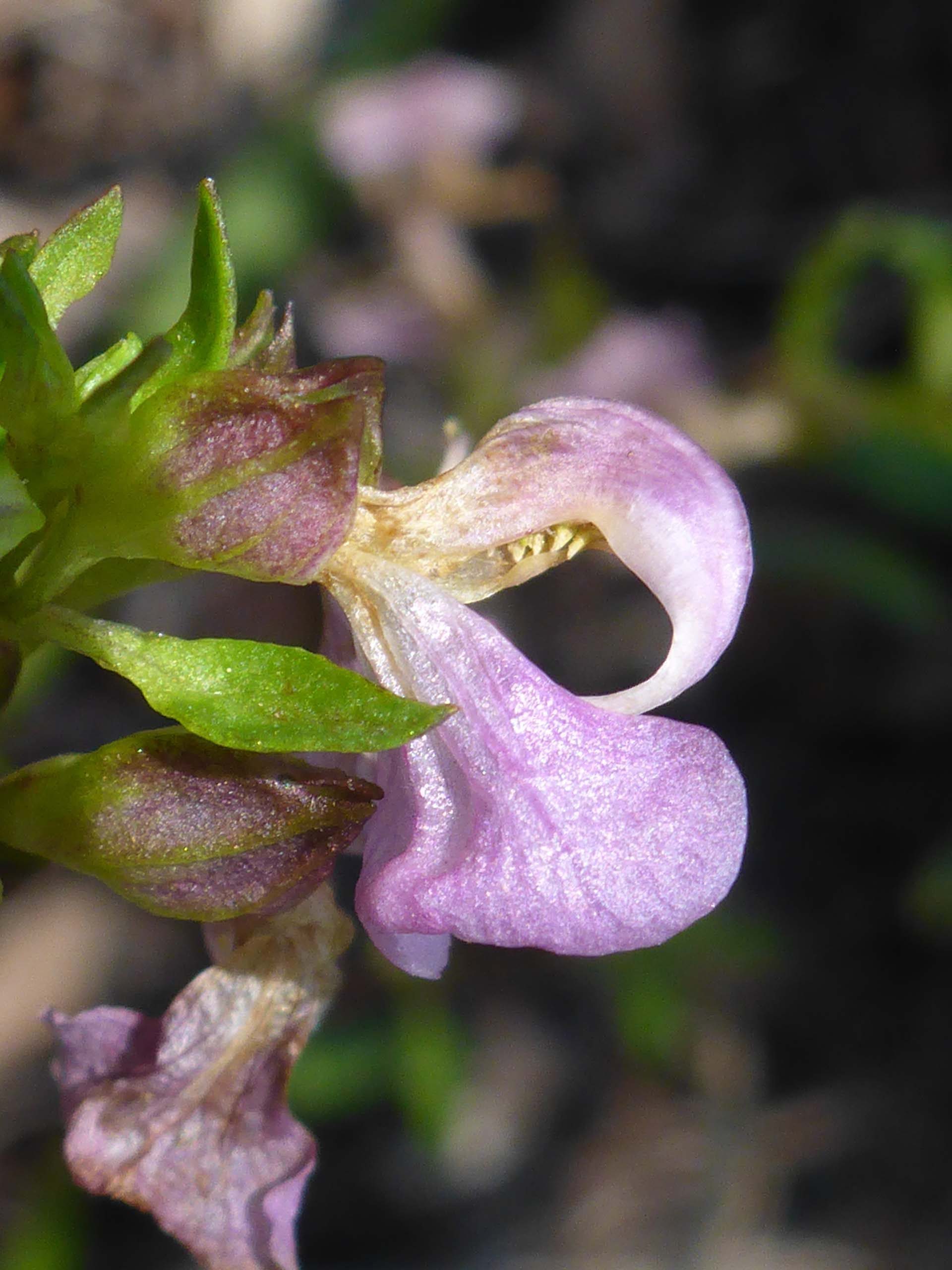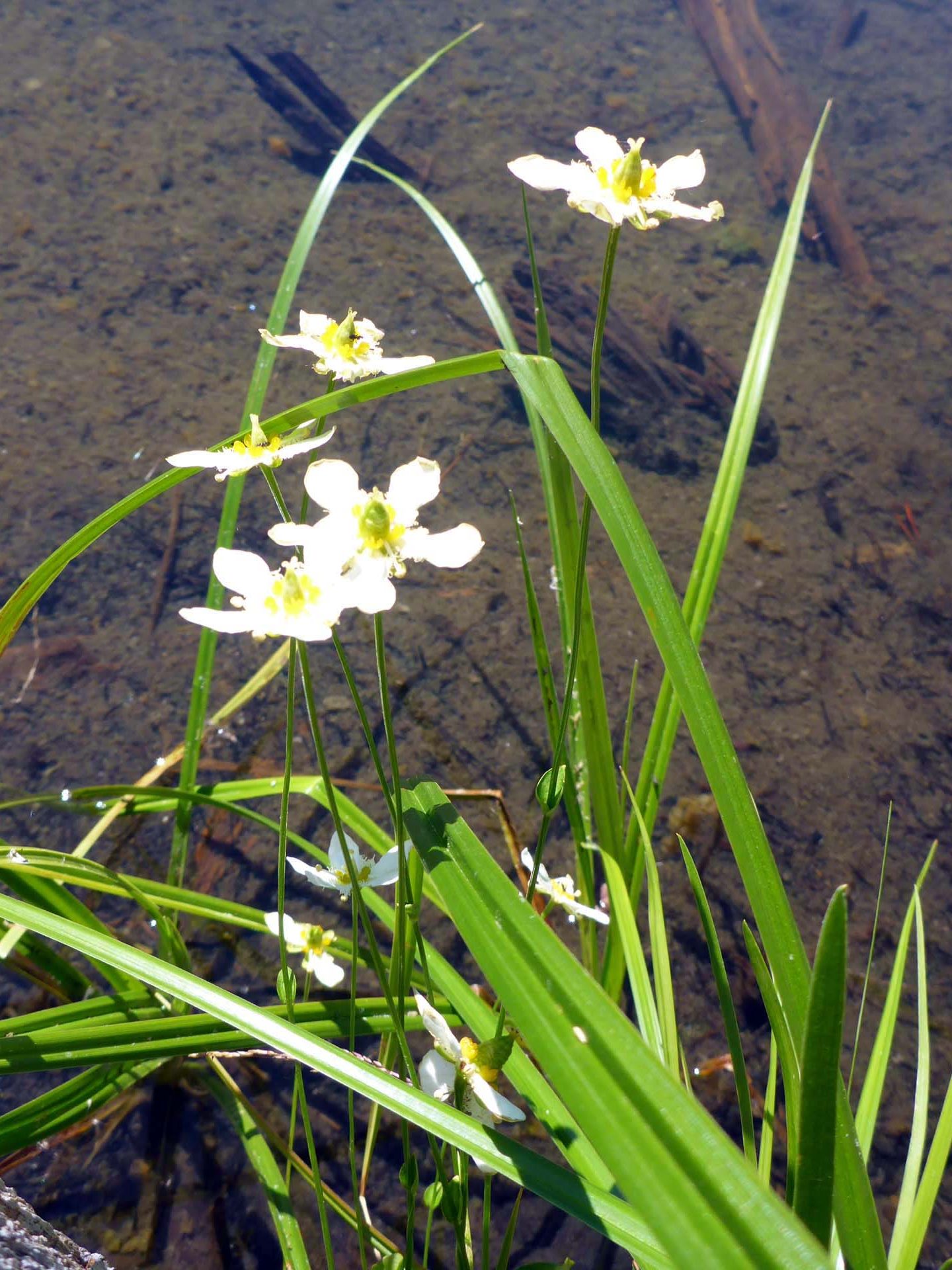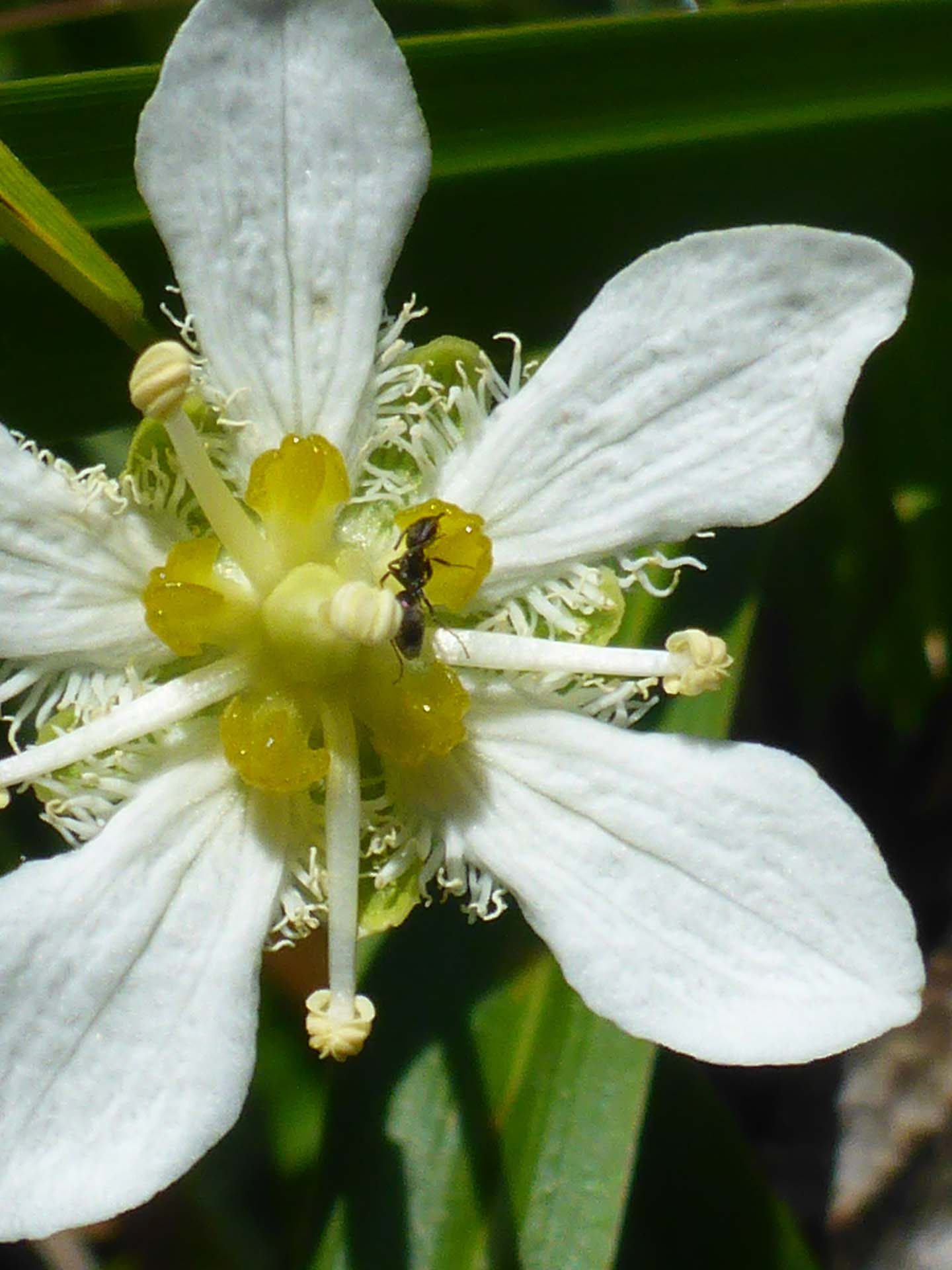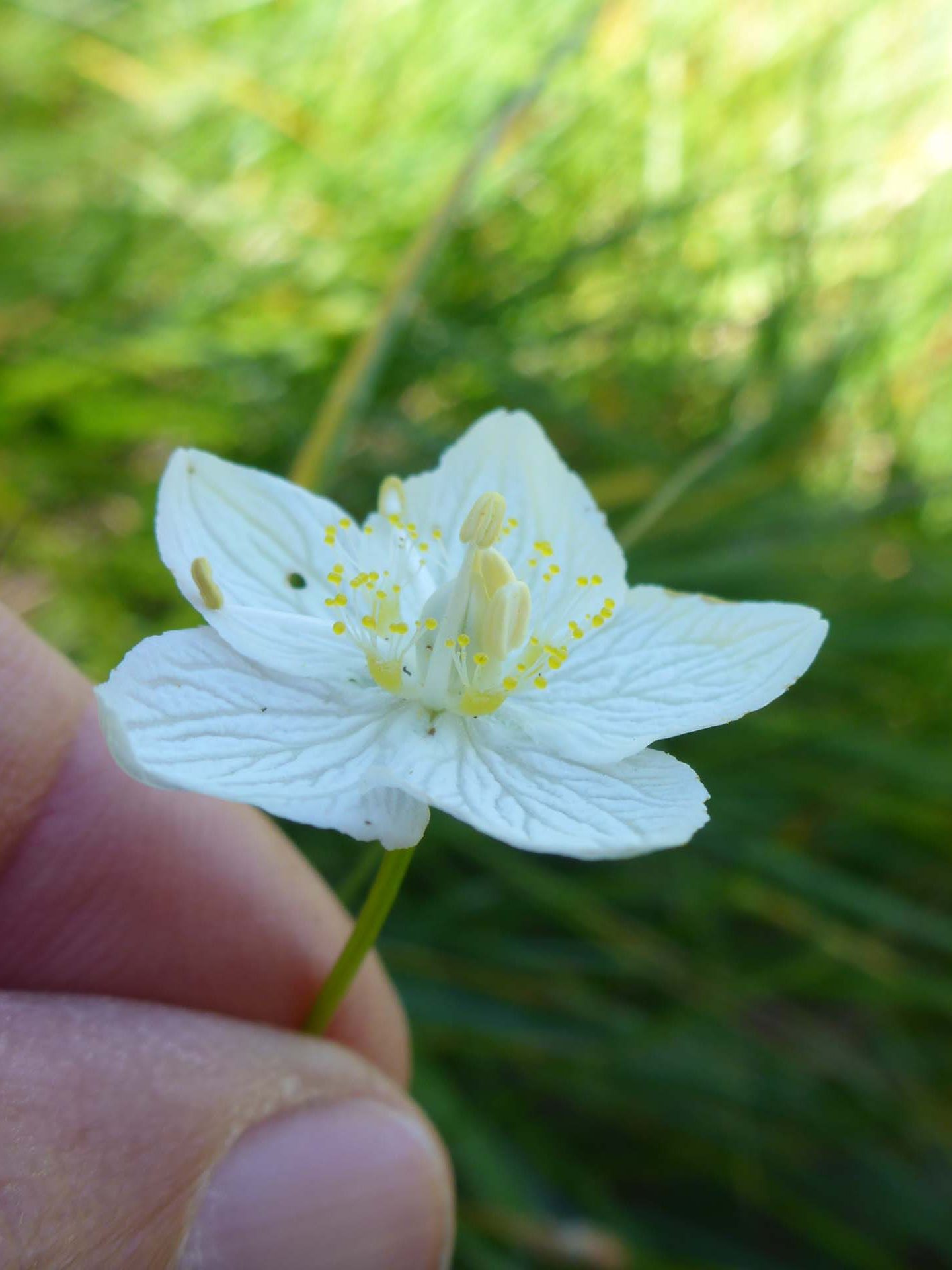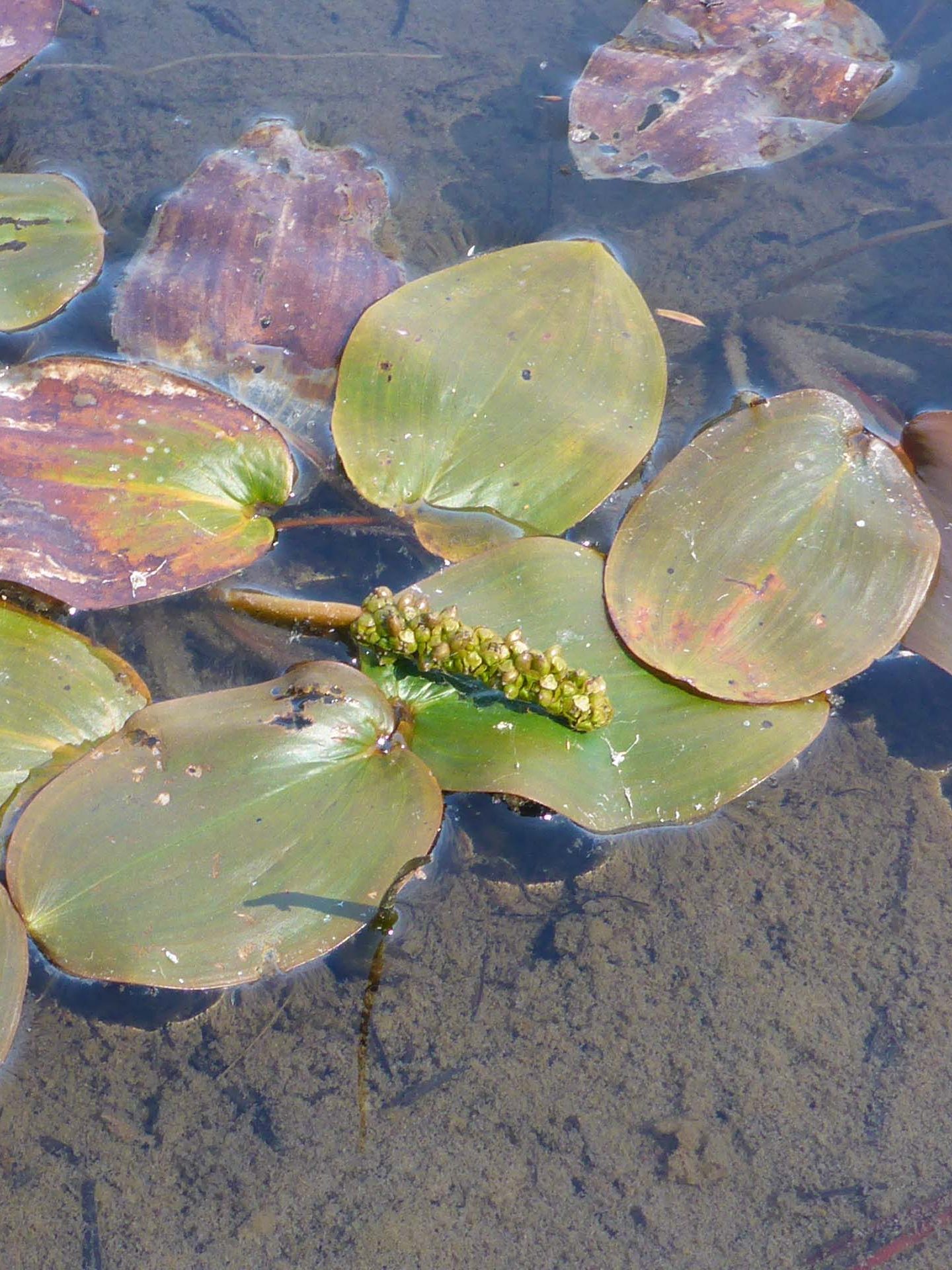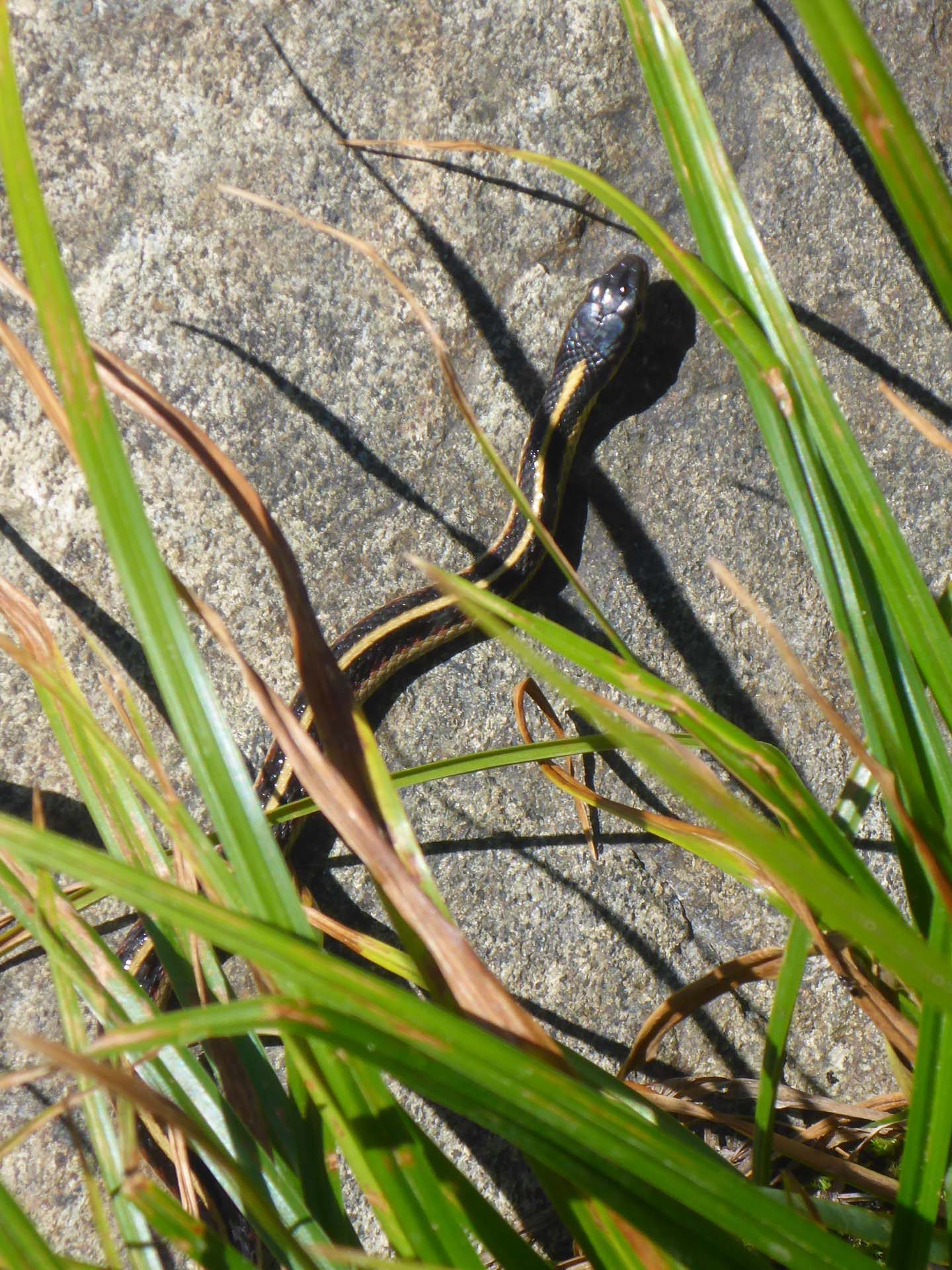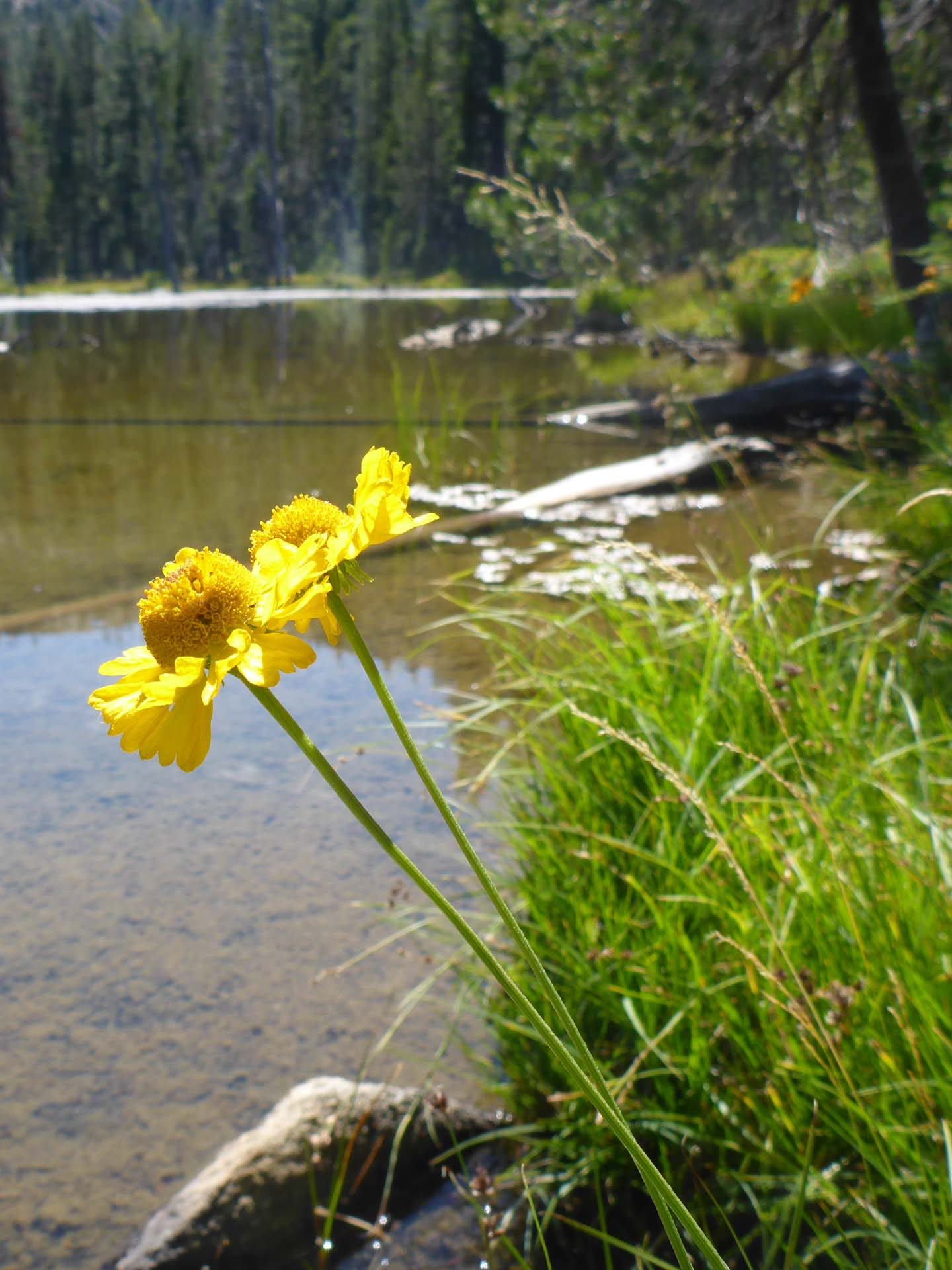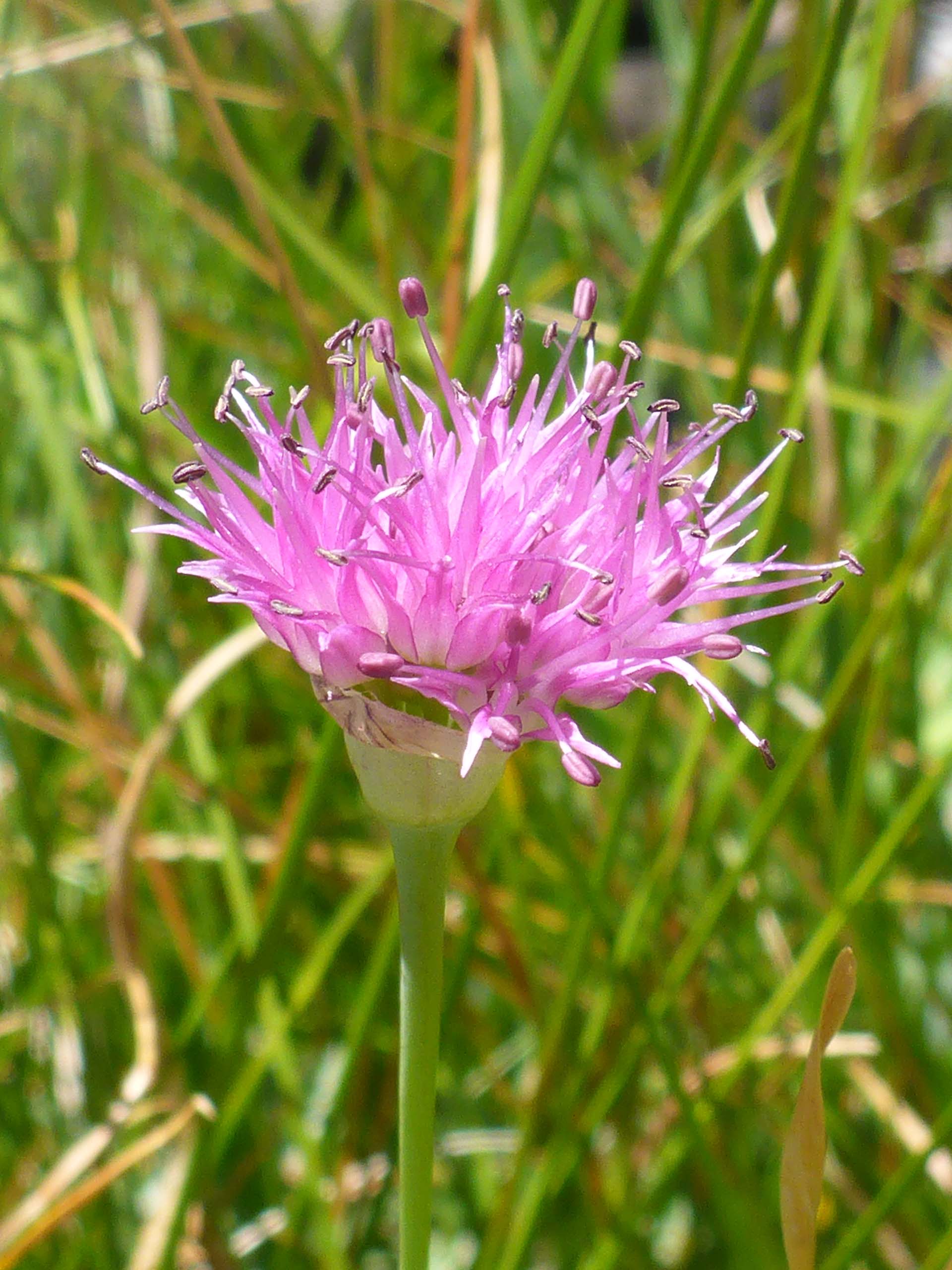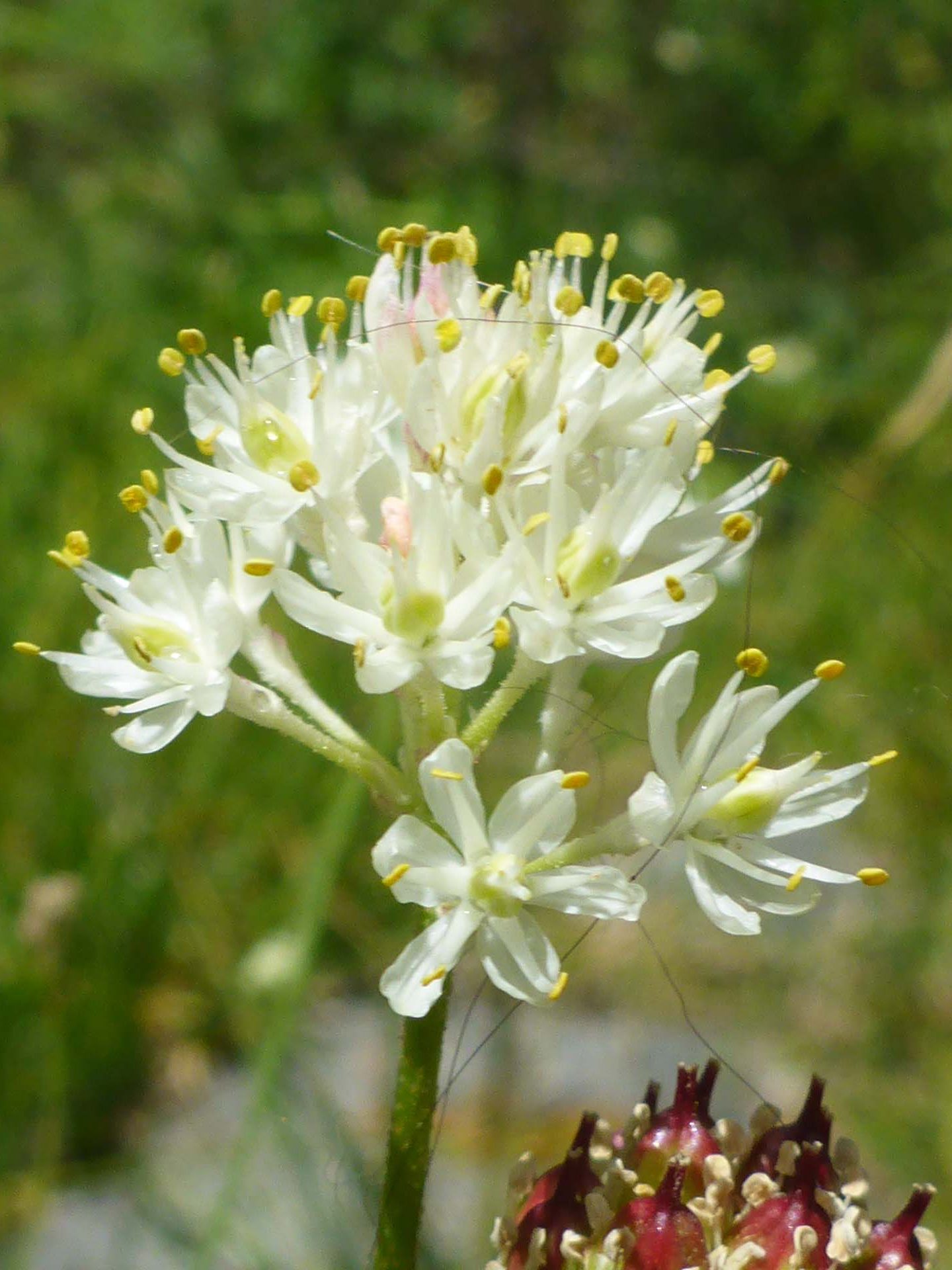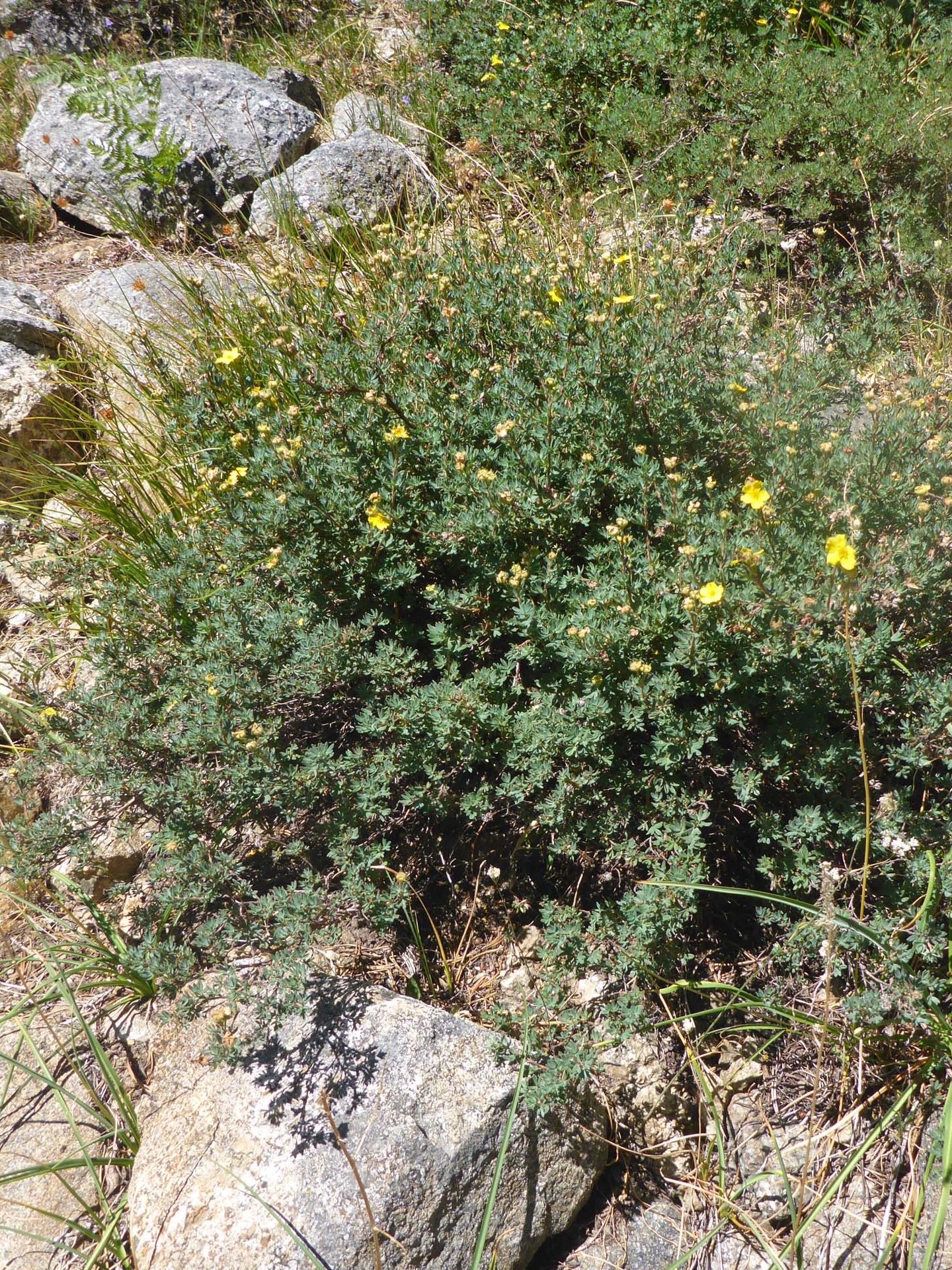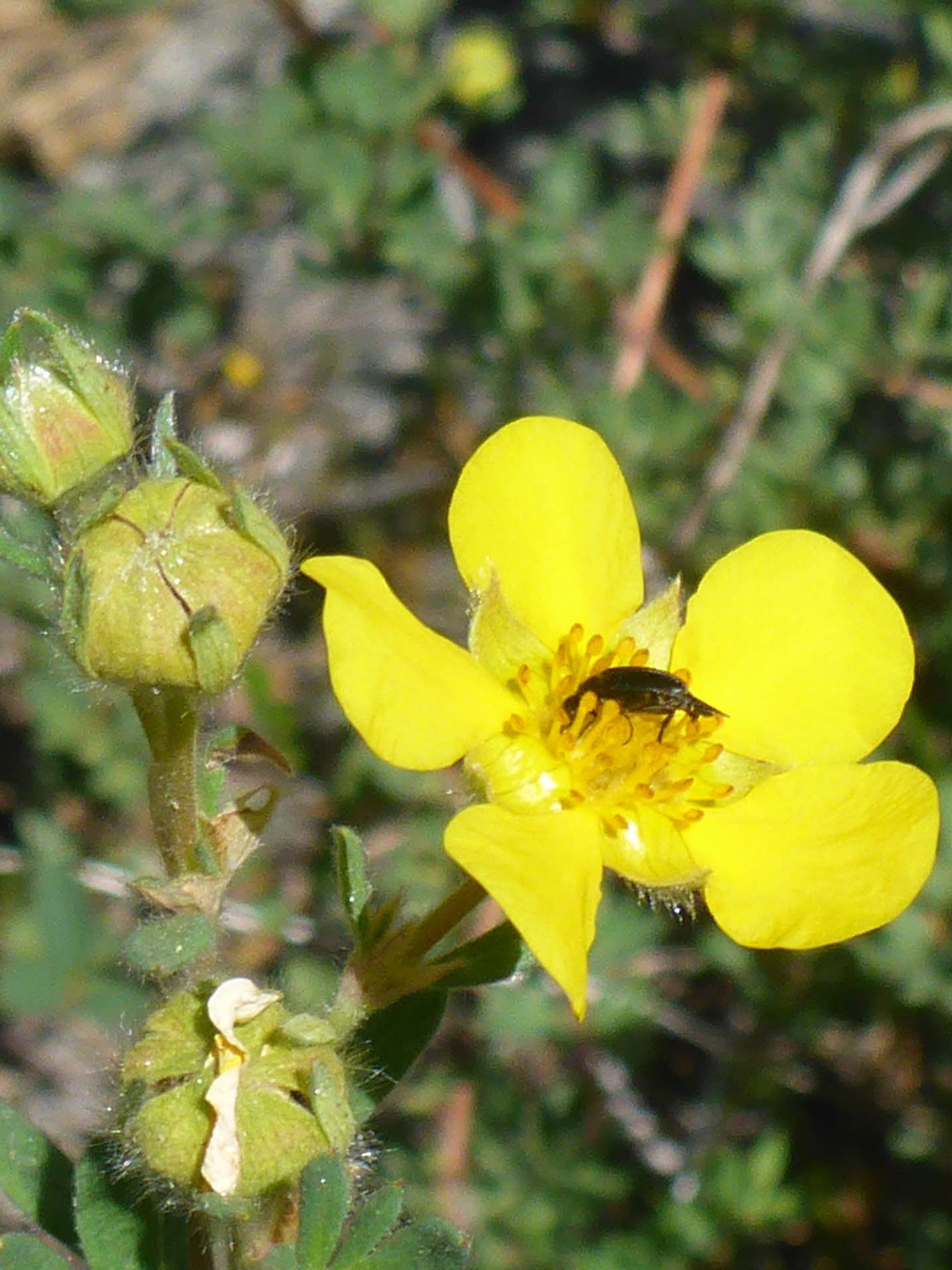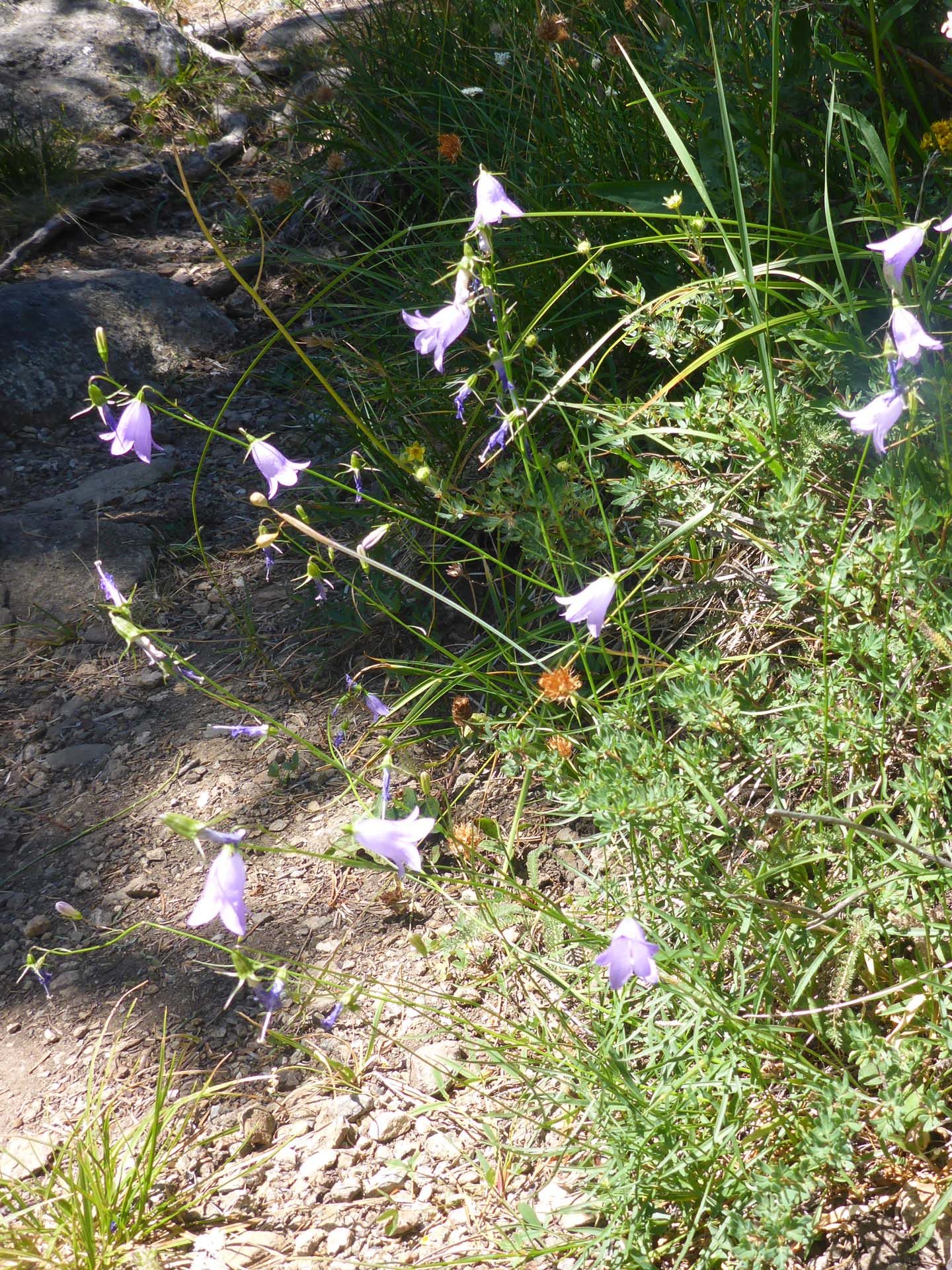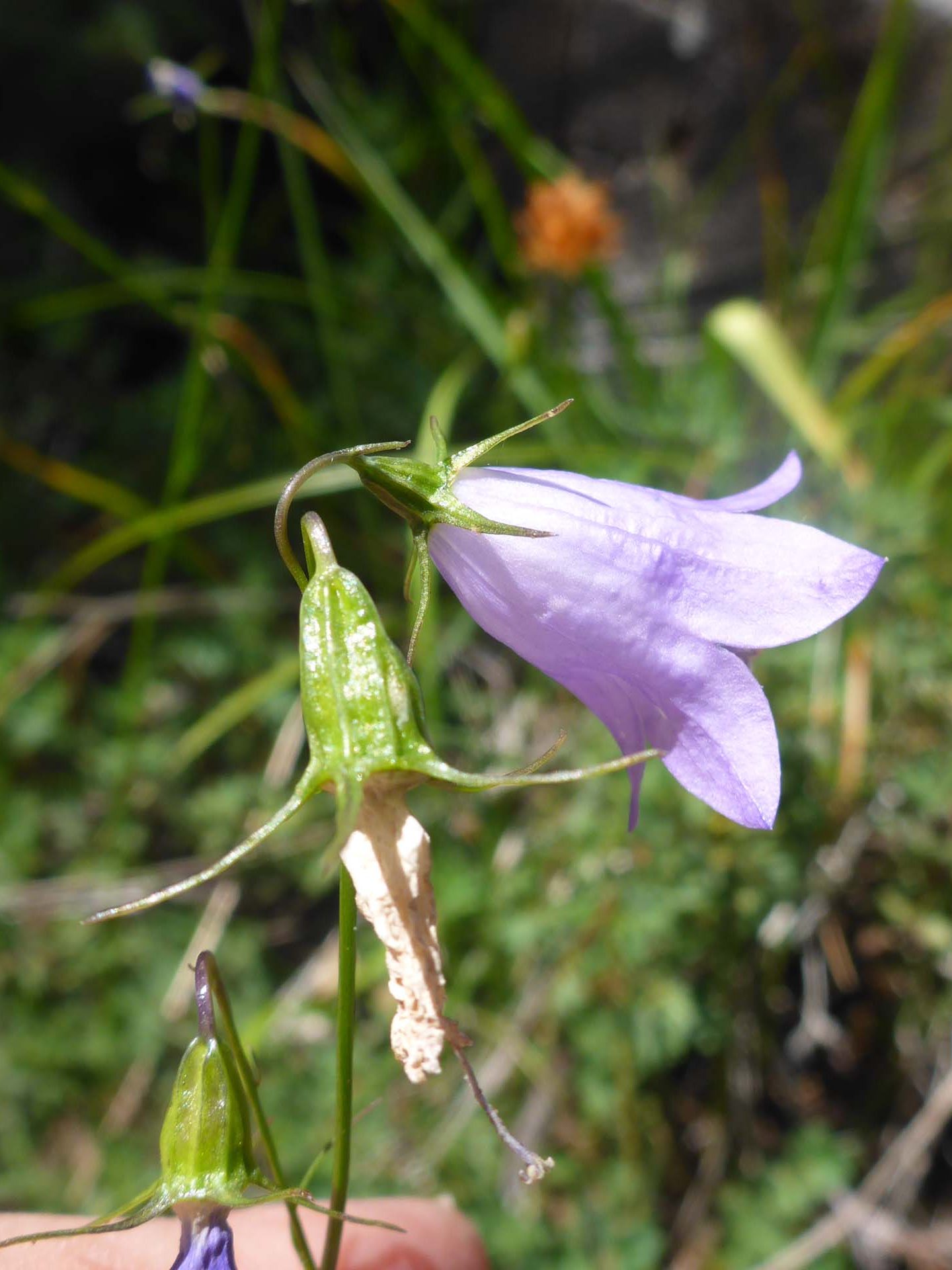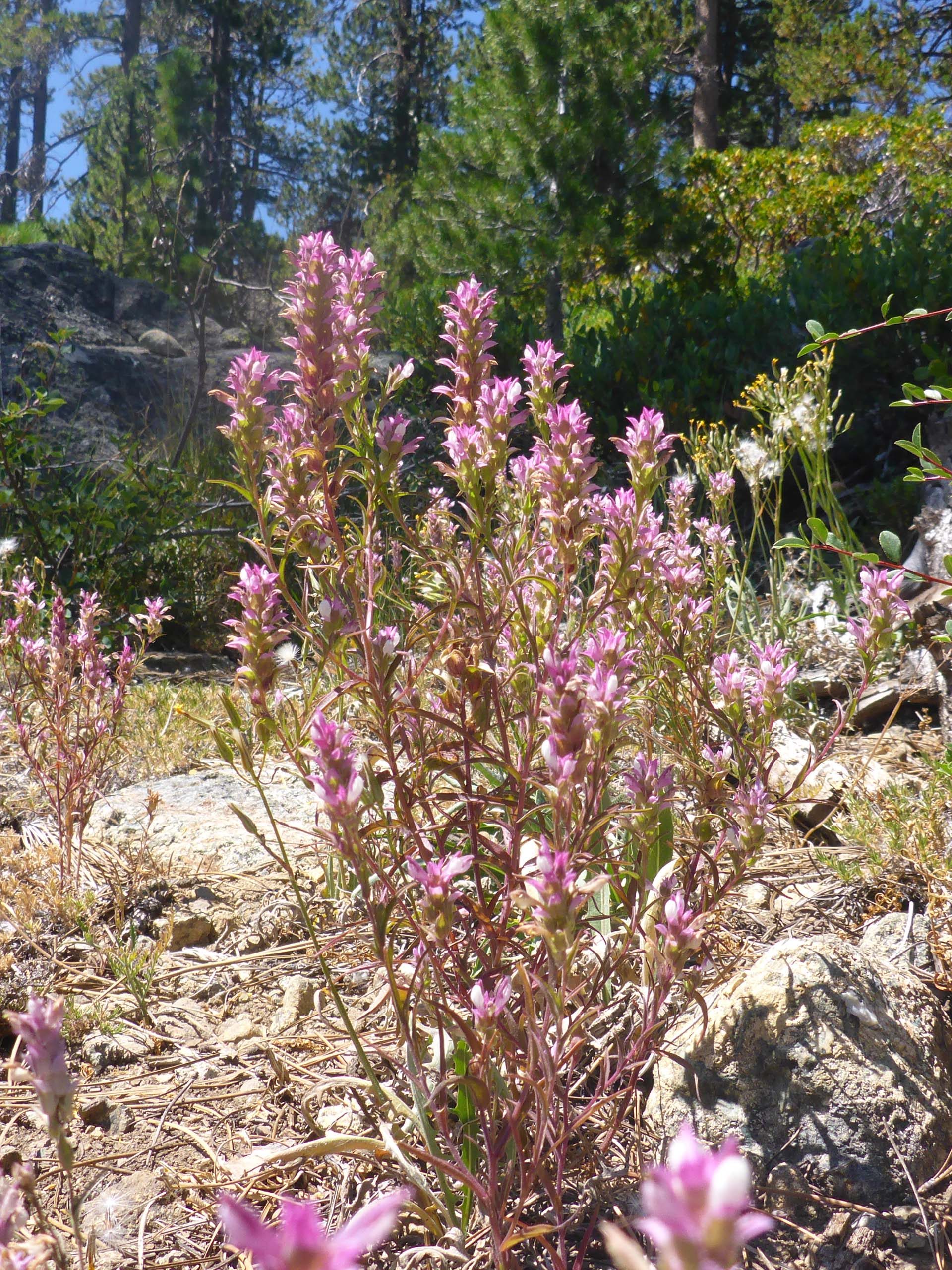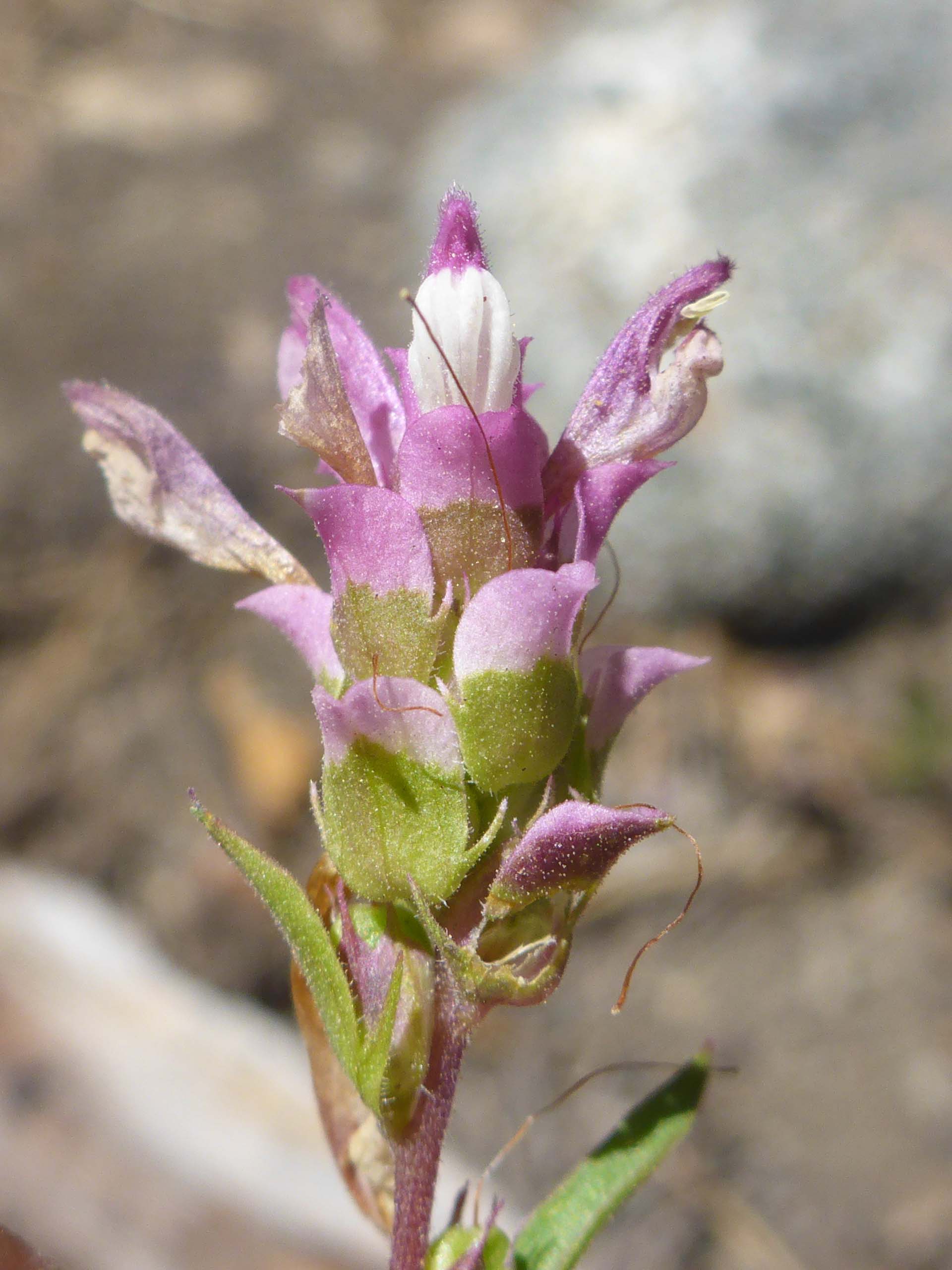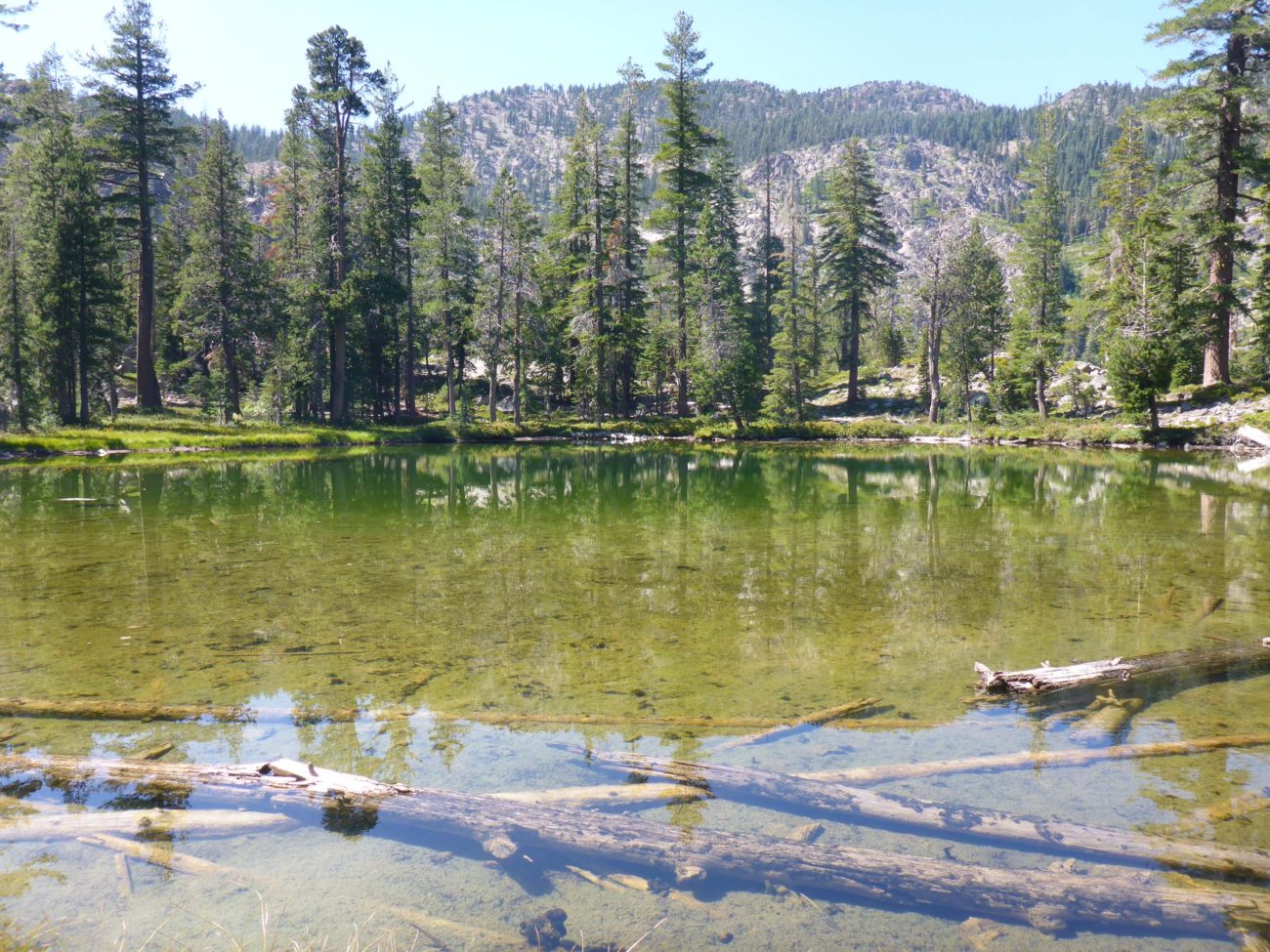
The trail to these lakes in the Shasta-Trinity National Forest is quickly becoming one of our favorites. In the middle of blistering-hot, drought-stricken August, this 2.4-mile trail still offered rushing water, lushly vegetated seeps, cool shady forest, and lots of blooming wildflowers throughout.
The 1,200-foot climb to the lakes begins gently enough, winding through open mixed-conifer forest. Within the first mile, it crosses a large, verdant seep filled with pitcherplants, orchids, and huge gentians. For anyone not wanting to over-exert themselves, this section of the trail and the seep are well worth the drive on their own.
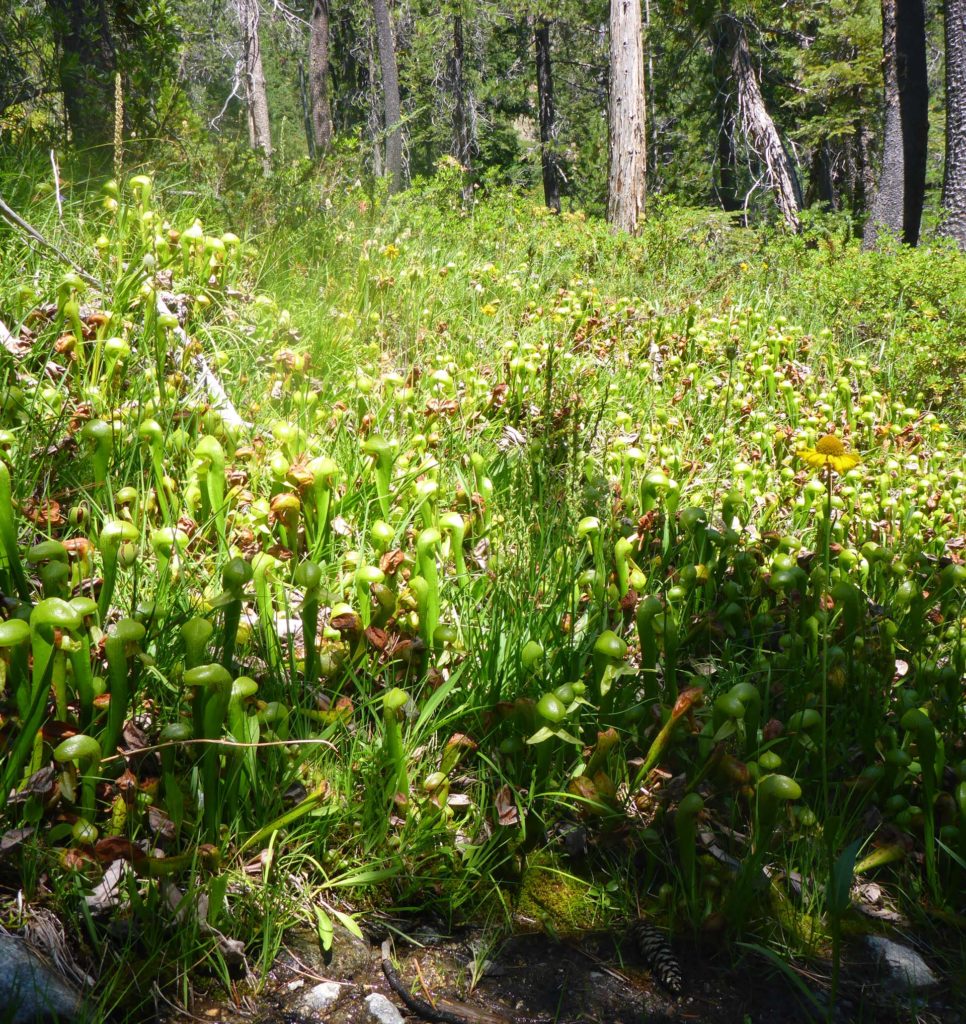
From there, the trail gradually increases in steepness, becoming quite steep for the last ~0.5 mile between Lower Caldwell Lake and Upper Caldwell Lakes. We normally spend little time at Lower Caldwell Lake; the really interesting botany is at the upper lakes, which are also much more accessible than is the lower lake.
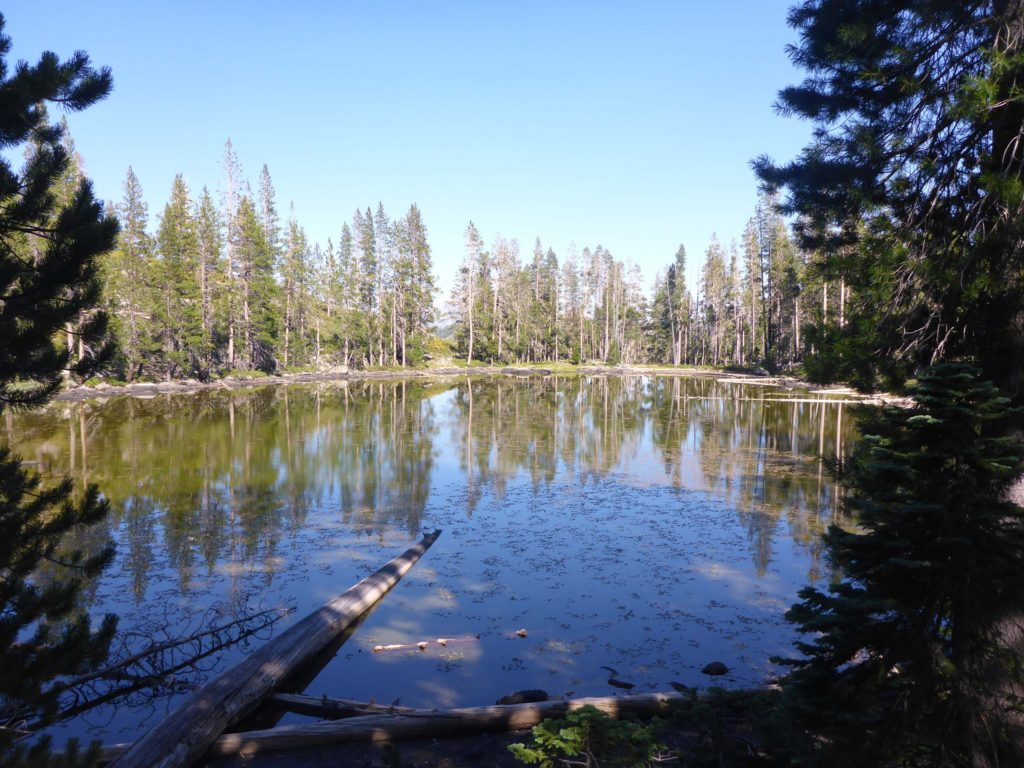
Access this trail from Caldwell Lake Trailhead on Forest Route 41N74, off of Forest Route 42N17, north of Weed. See Caldwell Lakes, June 27, 2021 for detailed directions (and check out the slideshow in that article to see some of the earlier-season bloomers!).
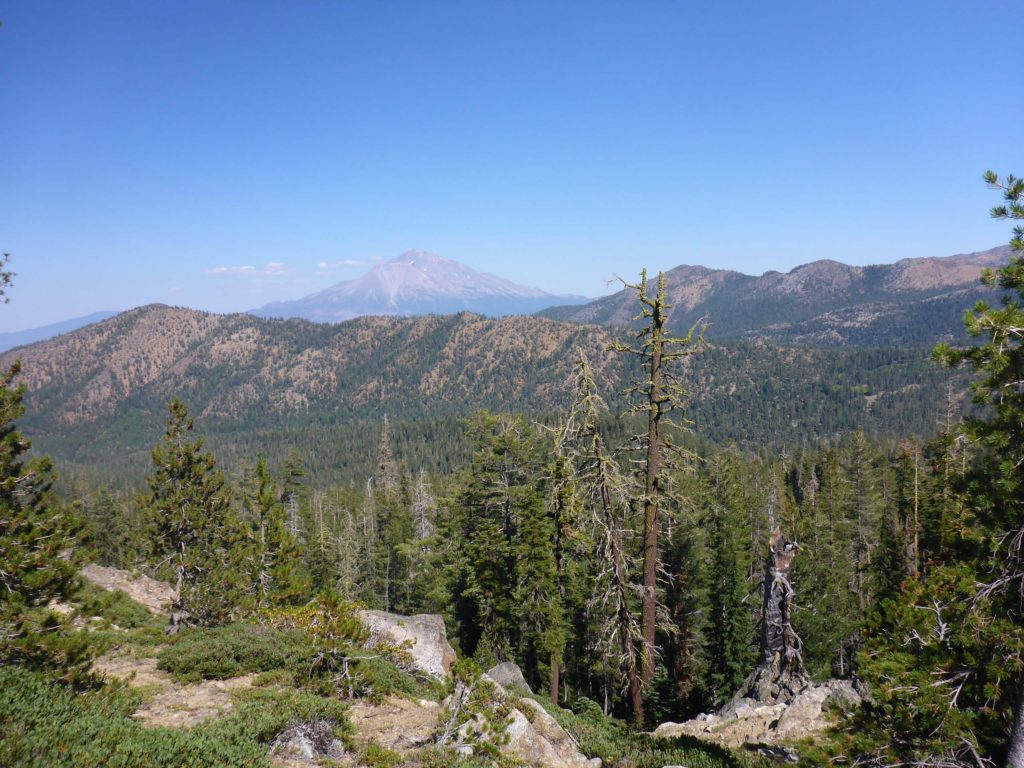
While many species were post bloom—bear grass, hastingsia, sedums, penstemon—there were still dozens of blooming wildflowers to admire. And the serpentine soils of the area provide habitat for an entirely different array of species. Here’s a short slideshow of some of our favorites. All photos by Don Burk. Enjoy!
~Laurie & Don Burk

